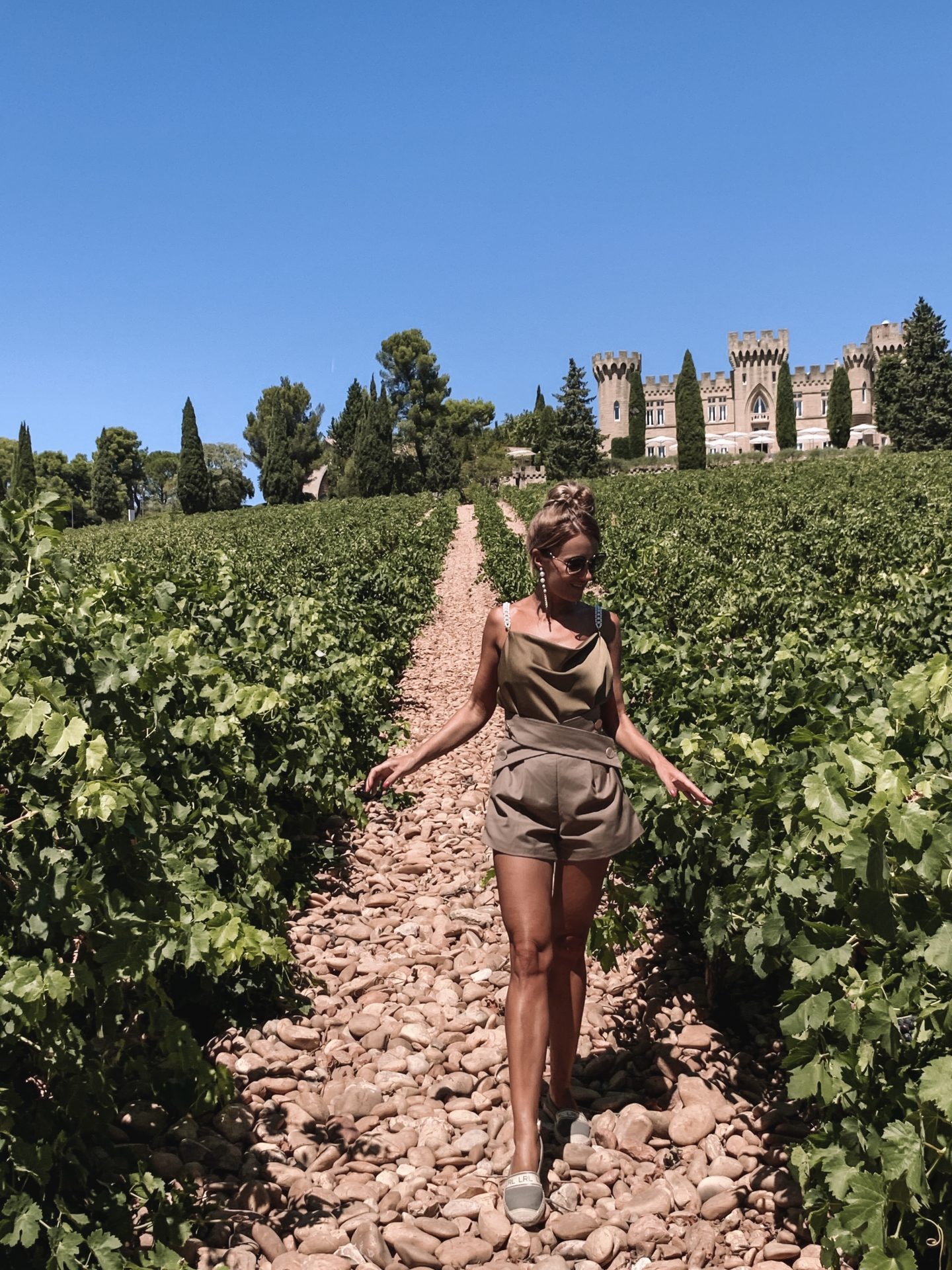 Tweet
Tweet
Table of contents
Nestled in southeastern France, the Rhône Valley vineyards offer an exquisite blend of history, natural beauty, and world-class wines. Stretching from Vienne in the north to Avignon in the south, this renowned wine region is a must-visit for any wine enthusiast or lover of picturesque landscapes.
The length of the valley means that Rhône wines are the product of a wide variety of soil types and mesoclimates with the Southern Rhone much larger covering 95% of all wines in the Rhone.
Wines from the Southern Rhone and the Northern Rhone are quite different in style and character with the Southern produce warmer, higher in alcohol and sweeter. Northern wines they are more elegant and fresher.
Most growers in Southern Rhone use Grenache, Syrah and Mourvedre in their blends and the wines can be enjoyed young, and most do not really need cellaring. In the Northern Rhone, Syrah is the only red grape allowed to be planted and the wine often need time to age, before being ready to drink
Here are a few places you should consider adding to your Rhône Valley vineyards travel itinerary.
Caveau du Gigondas
Gigondas located in the southern Côtes du Rhône, is one the prettiest of all Côtes du Rhône wine villages. It has a spectacular location at the base of the Dentelles de Montmirail (a small chain of mountains), surrounded by vineyards as far as you can see. The grapes are grown at a higher elevation than Châteauneuf’s, often in terraced vineyards threaded with limestone under the looming.
Caveau du Gigondas was founded in 1956 by a group of local winemakers and today, Caveau du Gigondas has over 150 members and produces a range of wines, including red, white, and rosé.
The cooperative is known for its Gigondas AOC (Appellation d’origine contrôlée) wines, which are made from a blend of Grenache, Syrah, and Mourvèdre grapes grown in the region. Mountain wine, late harvested, always dramatic and very full-bodied. Grenache is the star red grape used in this wine, (70-80% of the total grapes used) with Syrah and Mourvedre aplaying supporting roles. This taste is distinct and often described as earthy, green, velvet-textured with an aromatic woodland aftertaste.
It’s a great place to start your wine tasting affair. Also, with the highest peak of the Dentelles de Montmirail ‘St-Amand’ about 8 km wide, you can find plenty trails for walking, rock climbing, and mountain biking.
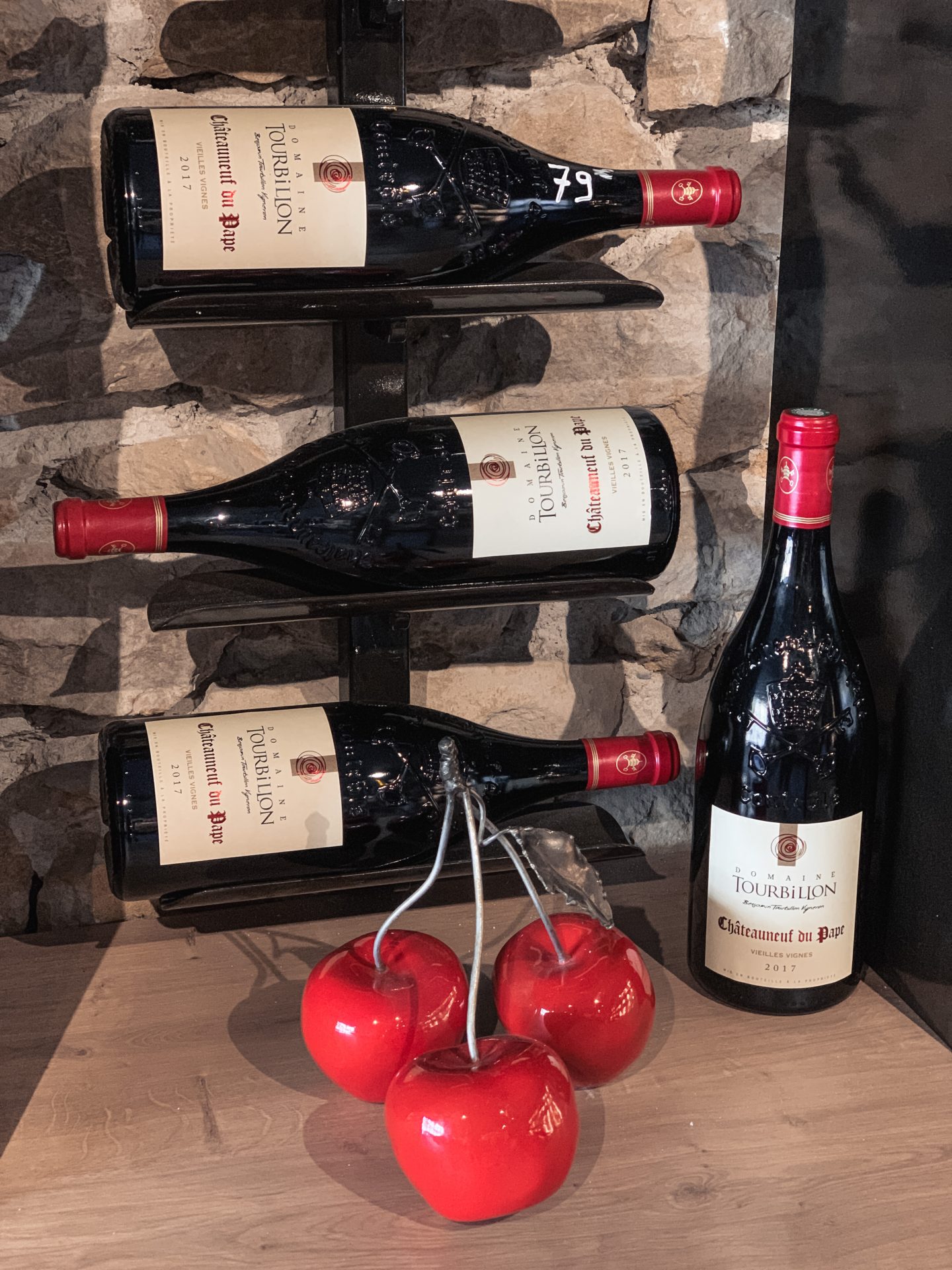
Address: Pl. Gabrielle Andéol, 84190 Gigondas, France
Châteauneuf-du-Pape Southern Rhône’s most exclusive appellation
If there is one French wine that every wine enthusiast should taste, it definitely would be Châteauneuf-du-Pape!
Châteauneuf-du-Pape (Papa’s New Castle – when the pope transferred his residence from Rome to Avignon) is located towards the bottom of the Rhône Valley, close to the border of Provence.
The vineyards of this wine appellation are cultivated at about 120 meters of altitude and are knows for its bold Grenache-based blends commonly known as the “King of the Rhone. Châteauneuf-du-Pape traditionally has had thirteen grape varieties, but the 2009 version of the AOC rules changed that list to eighteen varieties
Châteauneuf-du-Pape’s unique terroir is derived from a layer of stones pebble rock. The stones store heat throughout the day and releases it at night, which helps speed up grape ripening. Stones can also act as a barrier to keep moisture in the soil during the hot summer months.
Châteauneuf-du-Pape red wine is commonly described as earthy and often have higher tannin levels and must be aged for a longer period of time before they are drinkable. White grape varieties range in style from mineral to flavourful and majority are made to be enjoyed young.
Château des Fines Roches
A magical stop in the heart of the vineyards of Châteauneuf-du-Pape, this castle built by the end of XIXth century was home to the Marquis of Baroncelli and visited by provençals poets.
It’s a perfect spot to dine where French gourmet cuisine is served in a luxurious atmosphere in the dining room or on the terrace (recommend!).
Here you can also enjoy the best Châteauneuf-du-Pape wines during tastings with the sommelier of Château des Fines Roches.
Château Mont-Redon
We absolutely enjoyed the testing of Mont-Redon wines! Established in 1344, it’s one of the oldest wine-producing estates in France and a great place to taste some of the most amazing Châteauneuf-du-Pape wines.
Located in the Northwestern of Châteauneuf-du-Pape appellation, Château Mont-Redon owns 100 hectares of the most perfectly-sited vineyards in Châteauneuf-du-Pape.
The estate use the three very complementary terroirs, mainly the pebbles, the safres (compact sand) and the urgonian limestones – the keystone of the complexity and quality of wines. The appellation is widely known for producing elegant, widely-loved examples of Châteauneuf that age well.
Over 400 year of Château Maucoil
Château Maucoil’s vineyards are located in the northwest of the Châteauneuf-du-Pape area on the appellation’s four soil types: pebbles, clay-sandstone, Urgonian limestone and, more unusually, sand.
The 45 hectares of vines in the Châteauneuf-du-Pape appellation have been tended using certified organic viticultural methods since 2011.
Domaine Saint Firmin
Heading onto the nestled in the heart of the city of Uzès, 1st Duchy of France the Domaine Saint Firmin. This rich and diversified estate spreads across three different terroirs: loess, decomposed marl soils and siliceous soils.
The two wines I recommend are, PERLE DE ROSÉE which is super light and perfect for summer evenings and L’ABSOLU aged in oak barrels for 22 months. This wine is perfect with grilled or cooked red meats and aged cheeses with character.
The wine-tasting cellar is open all year round and maybe not as known as some others but this is a pretty domain with some delicious wines to try.
Address: Rue Saint-Firmin, 30700 Uzès, France
Pont du Gard – a masterpiece of ancient architecture
It’s only 20 minutes drive from the Domaine Saint Firmin and I definitely recommend a visit.
Located in the Occitanie region, the Pont du Gard is an ancient Roman aqueduct bridge built in the first century AD to carry water over 50 km to the Roman colony of Nemausus.
This stunning three-storey bridge measures 360m at its longest point along the top and it still stands today as a work of art.
In summary the Rhône Valley vineyards are a testament to the artistry of winemaking, set against a backdrop of breathtaking natural beauty and rich history. Whether you’re a wine aficionado or simply seeking a memorable travel experience, a visit to this enchanting region promises to be a journey of discovery, delight, and unparalleled sensory indulgence.
Pack your bags, raise your glass, and toast to the timeless allure of the Rhône Valley vineyards. Santé!
Tweet

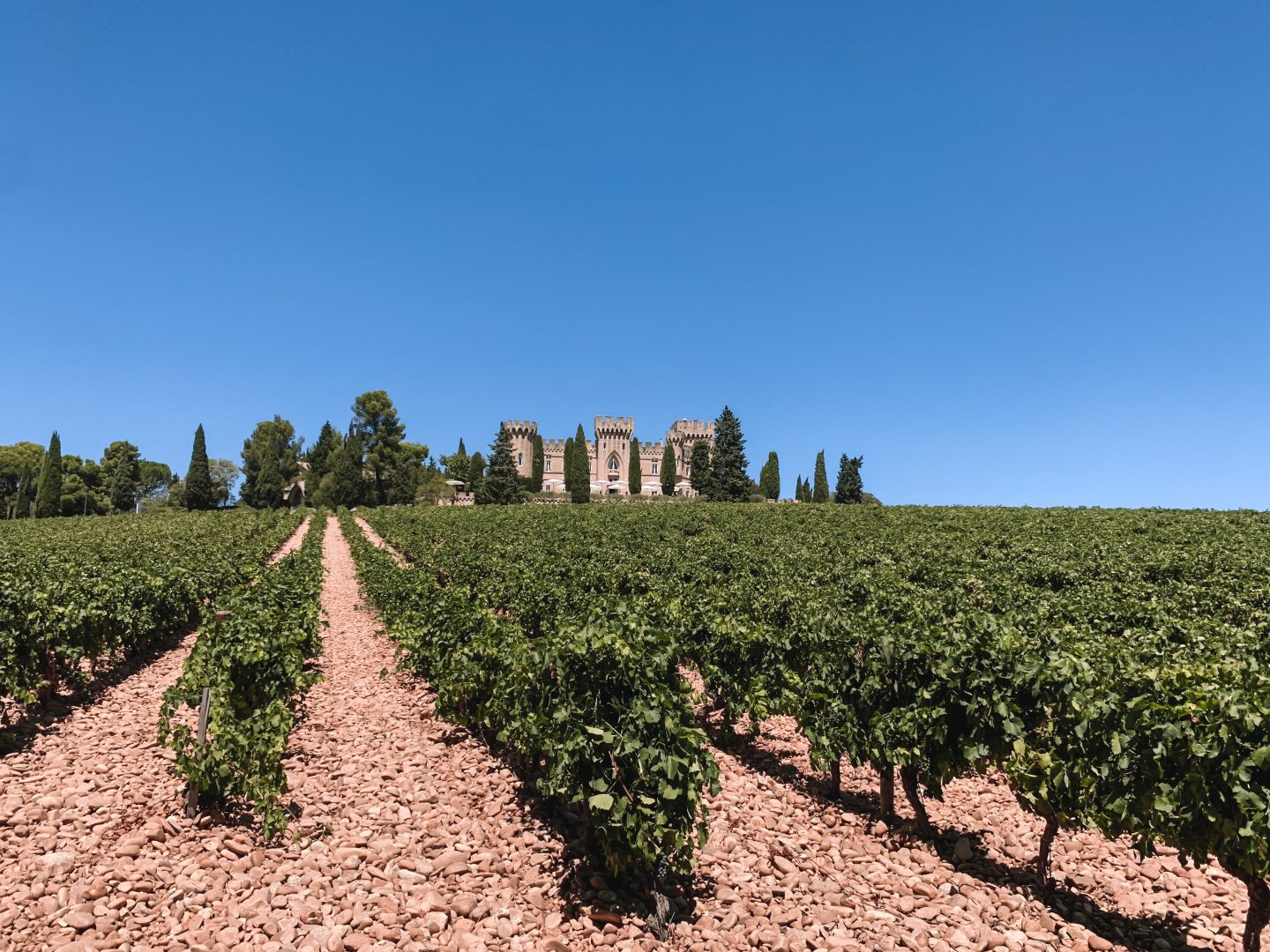

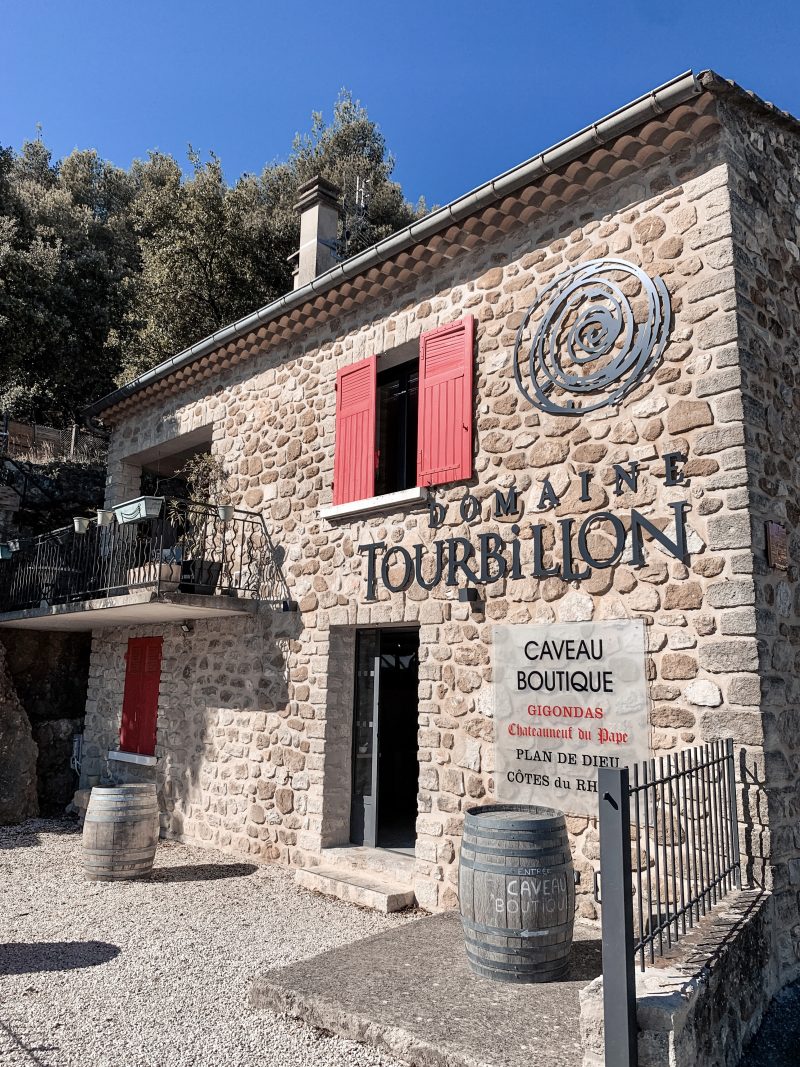
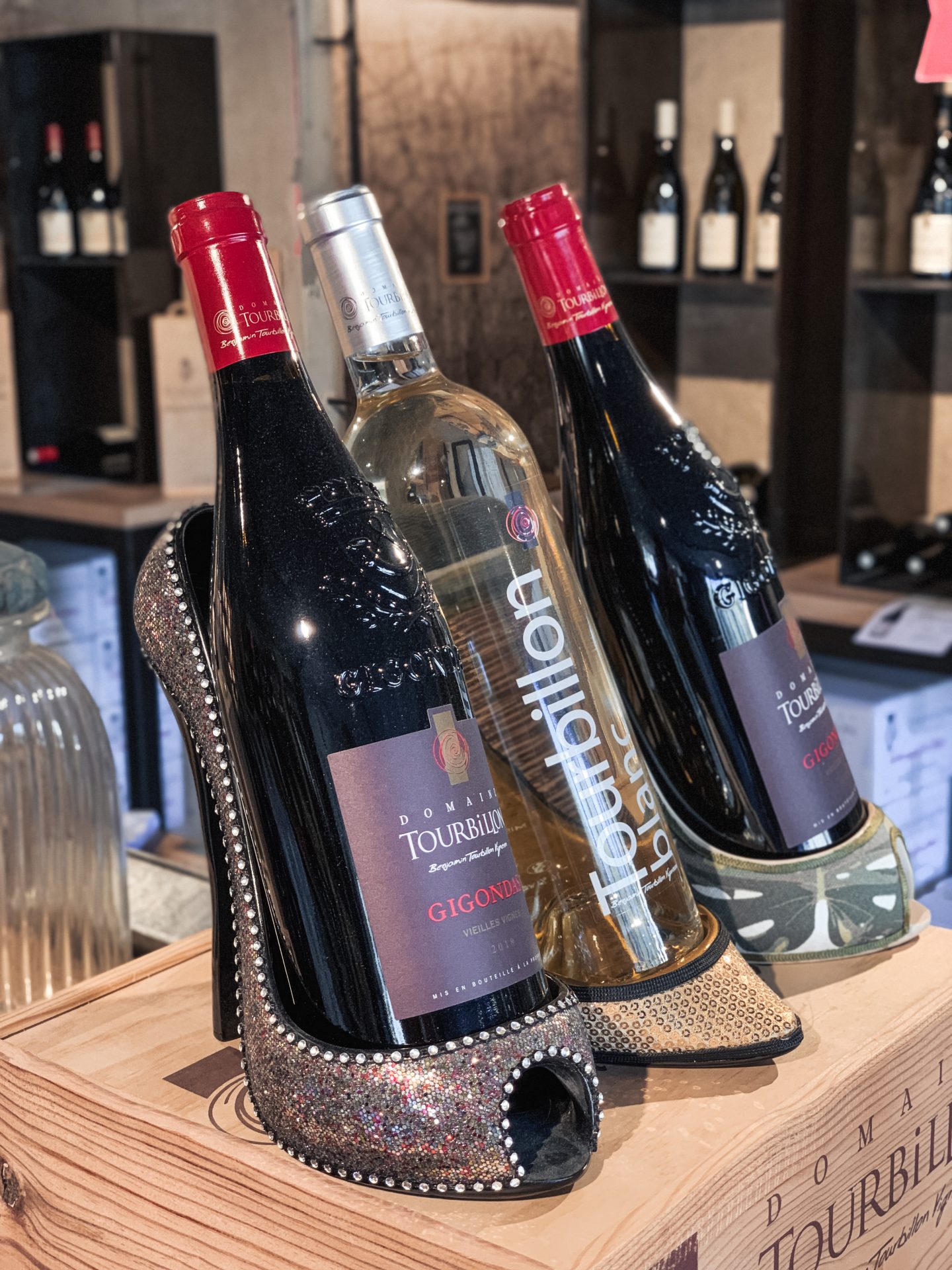
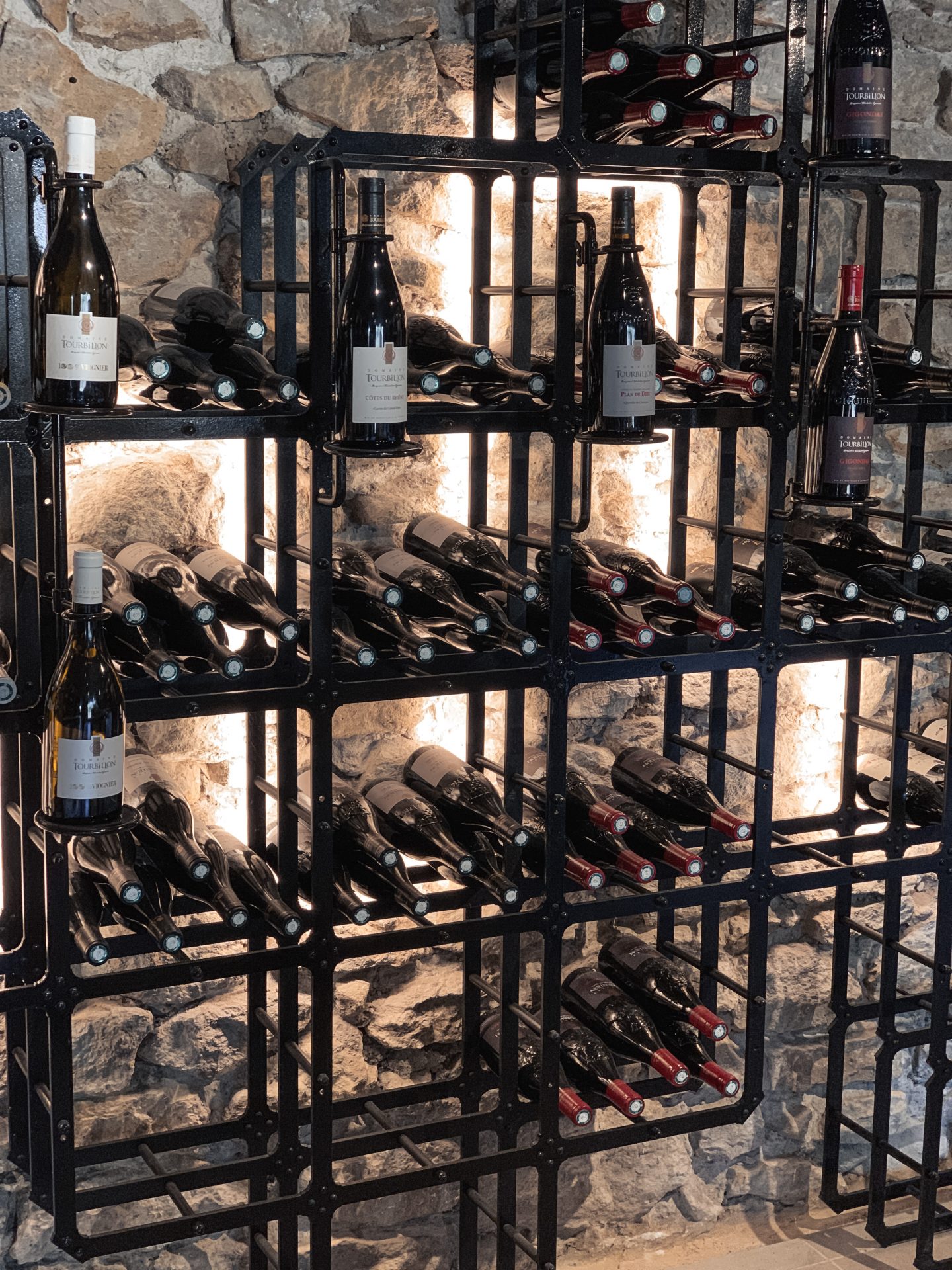
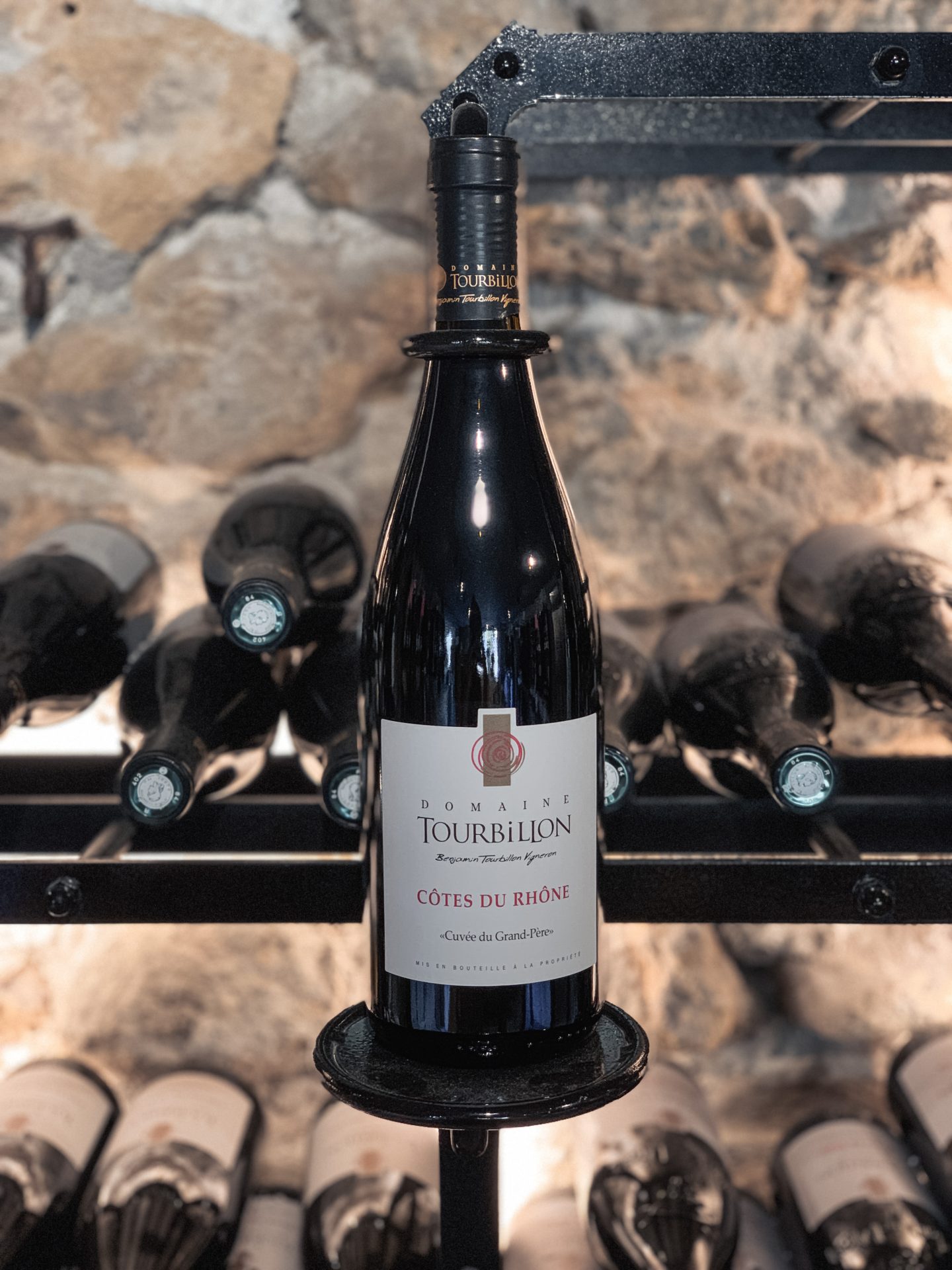
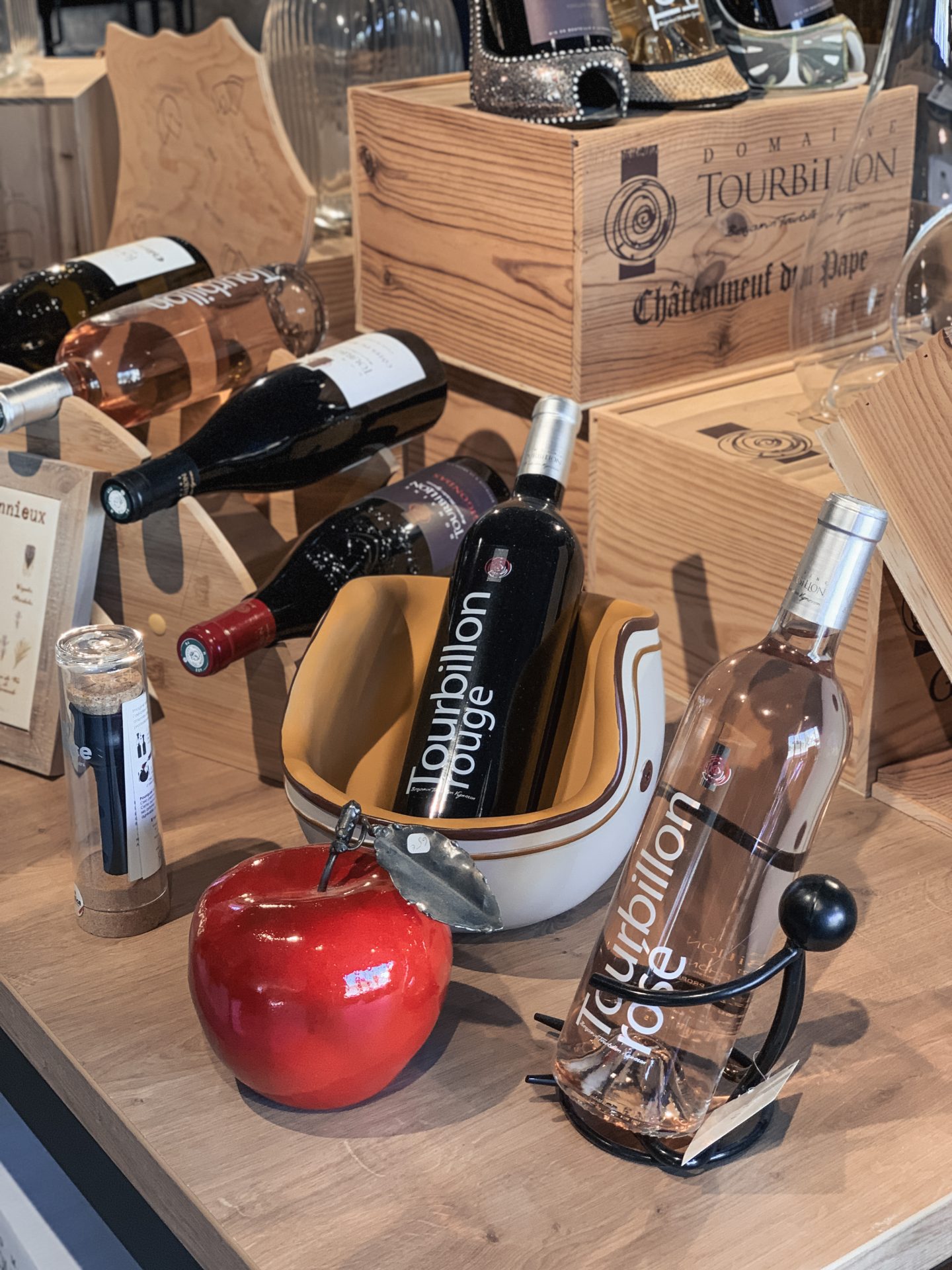
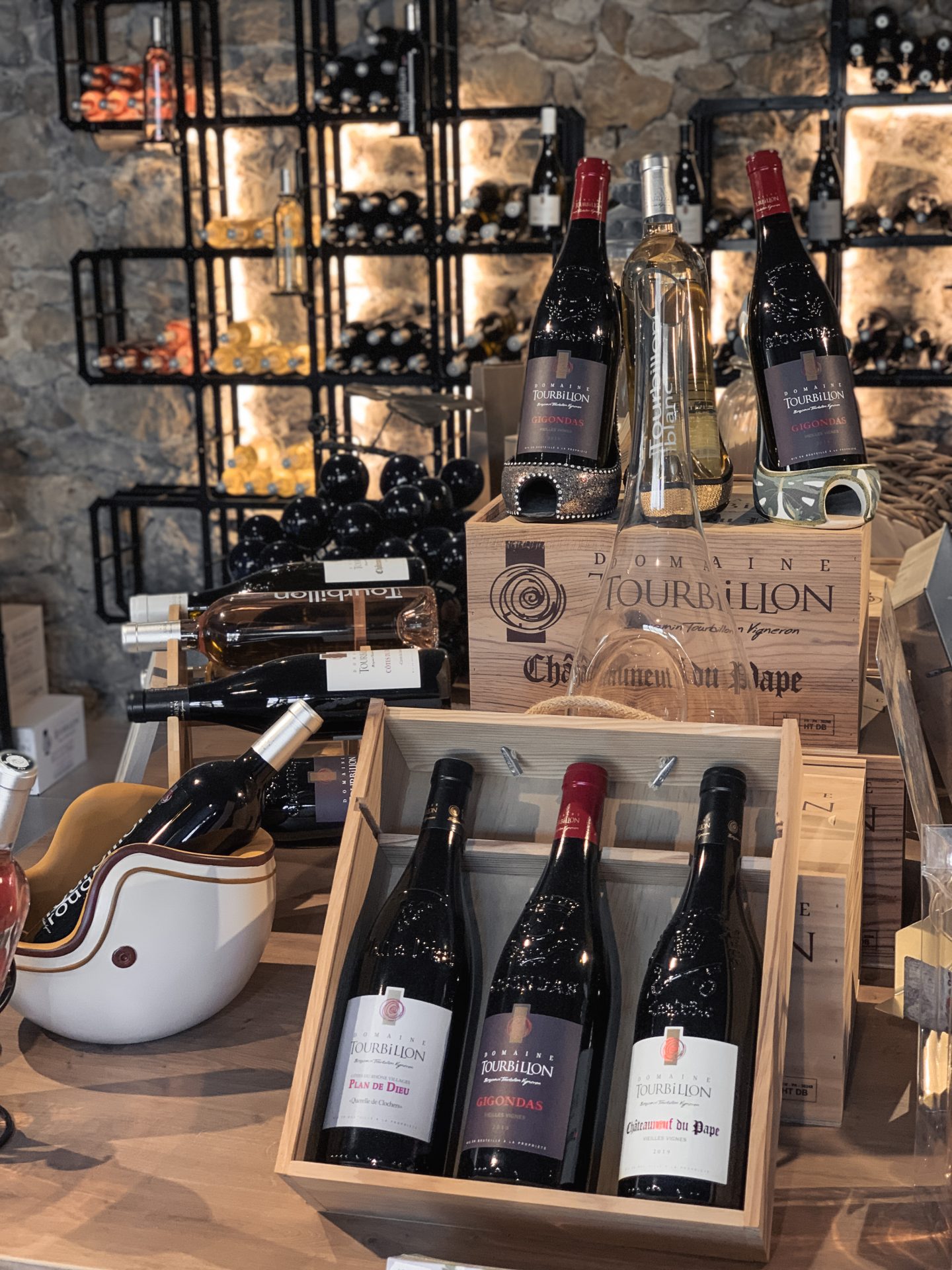
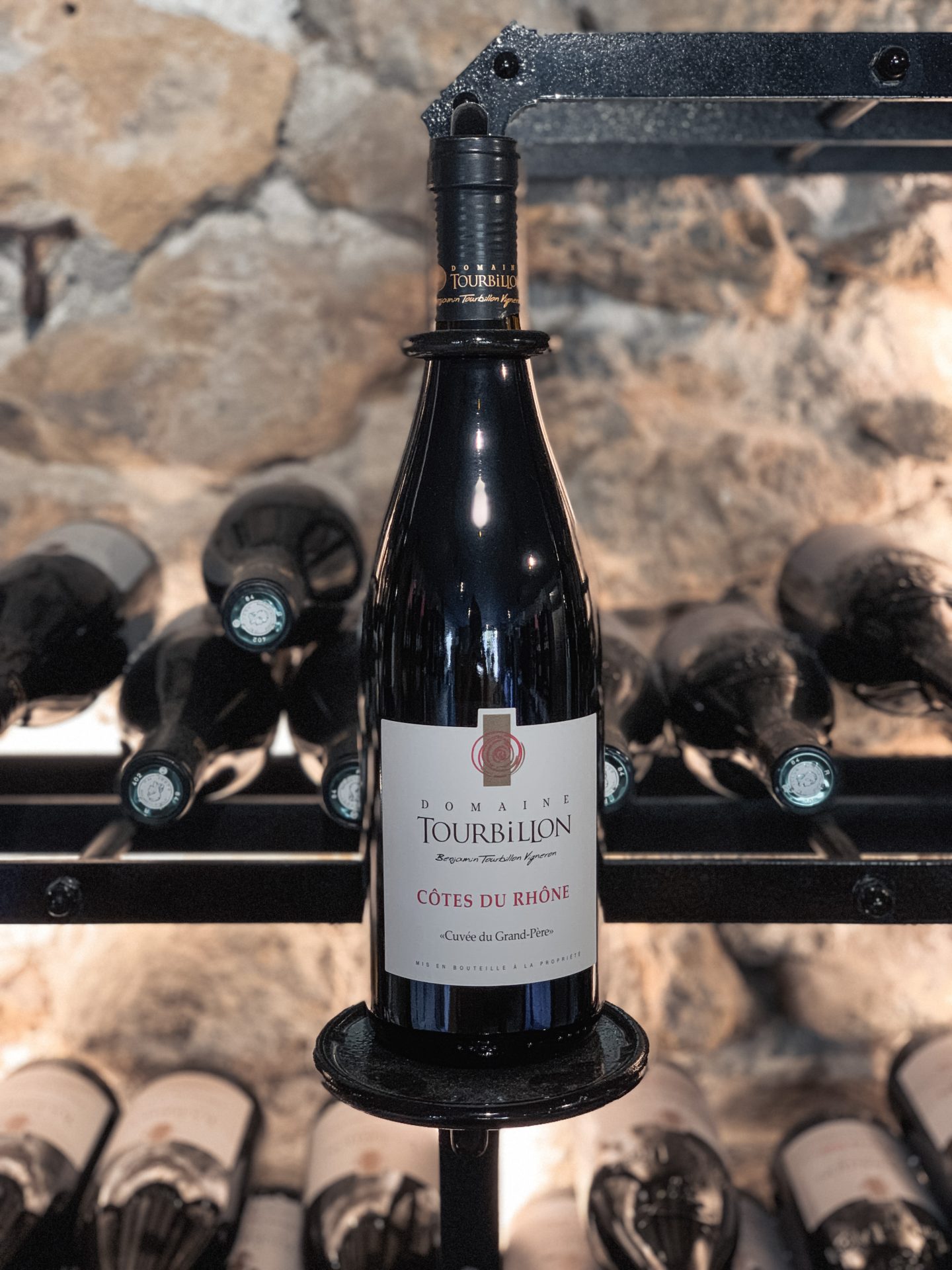
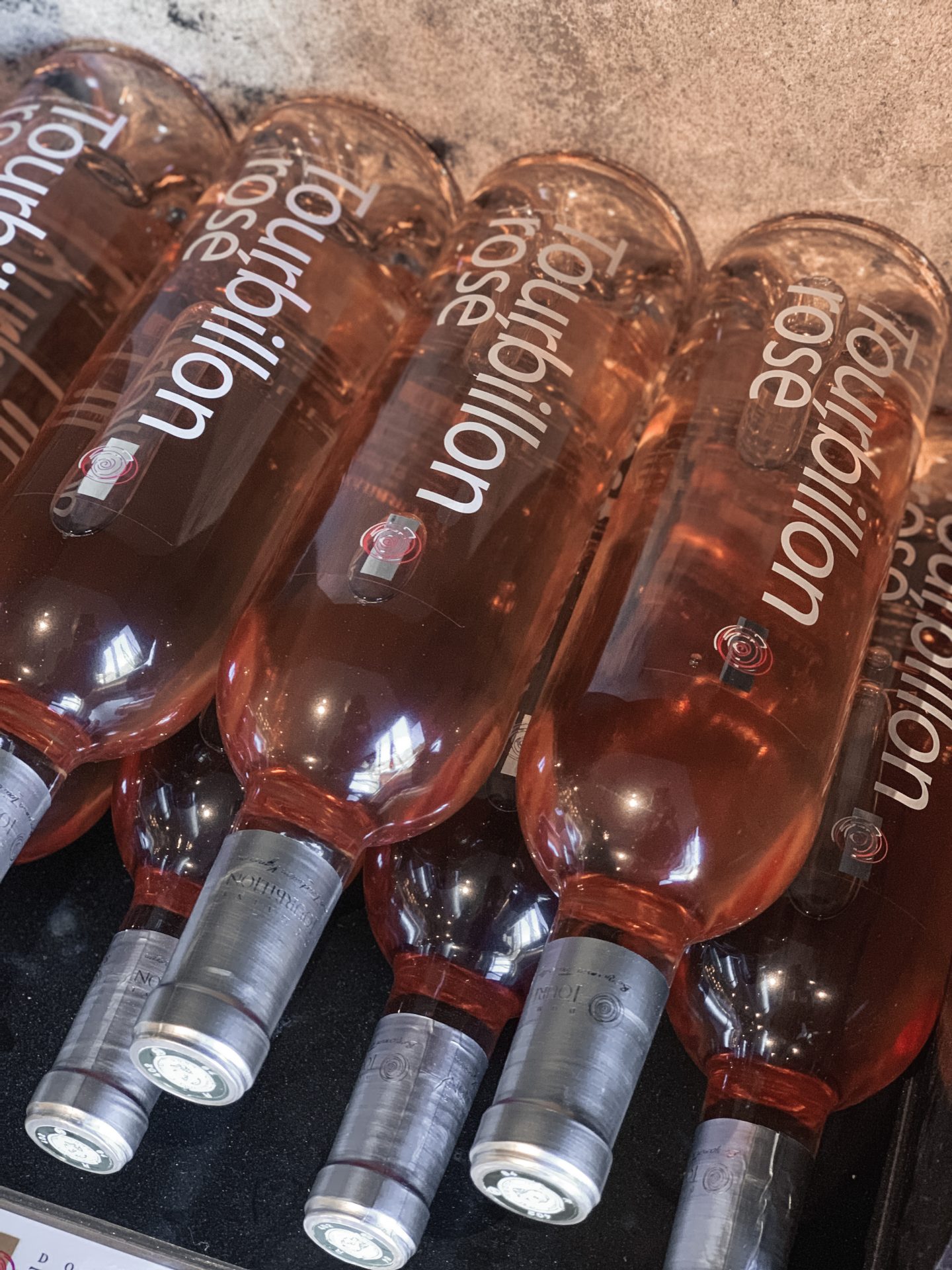
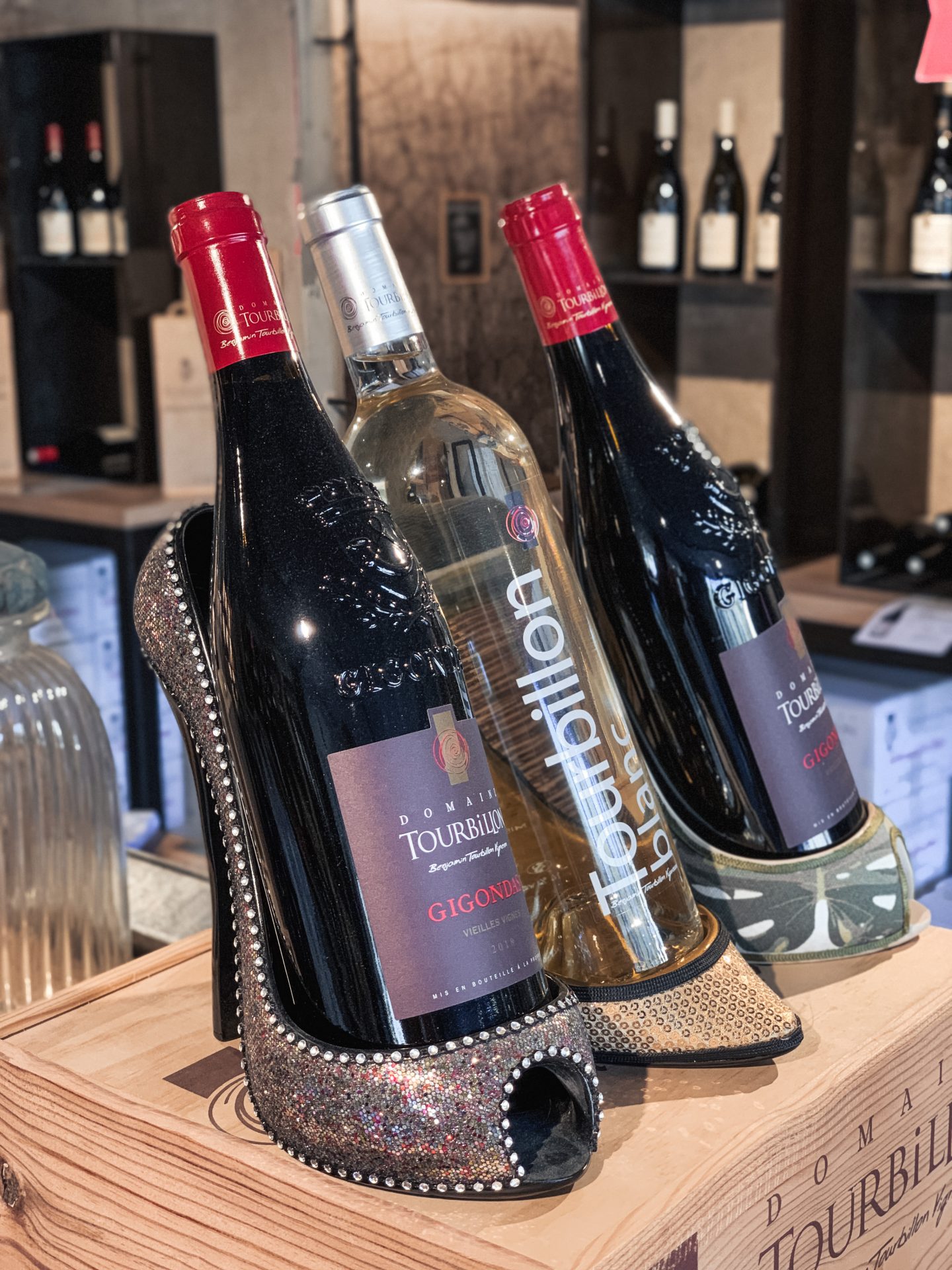
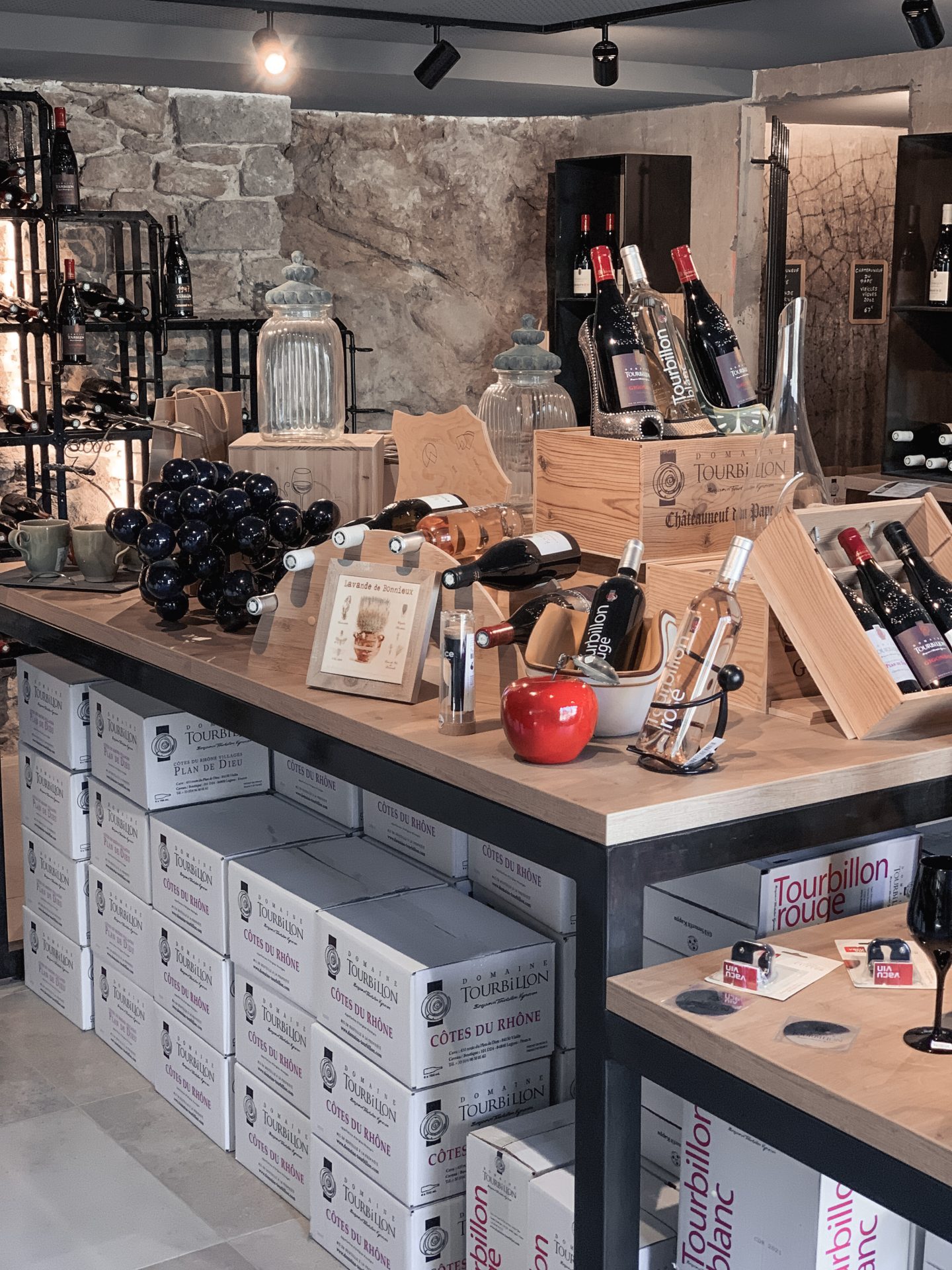
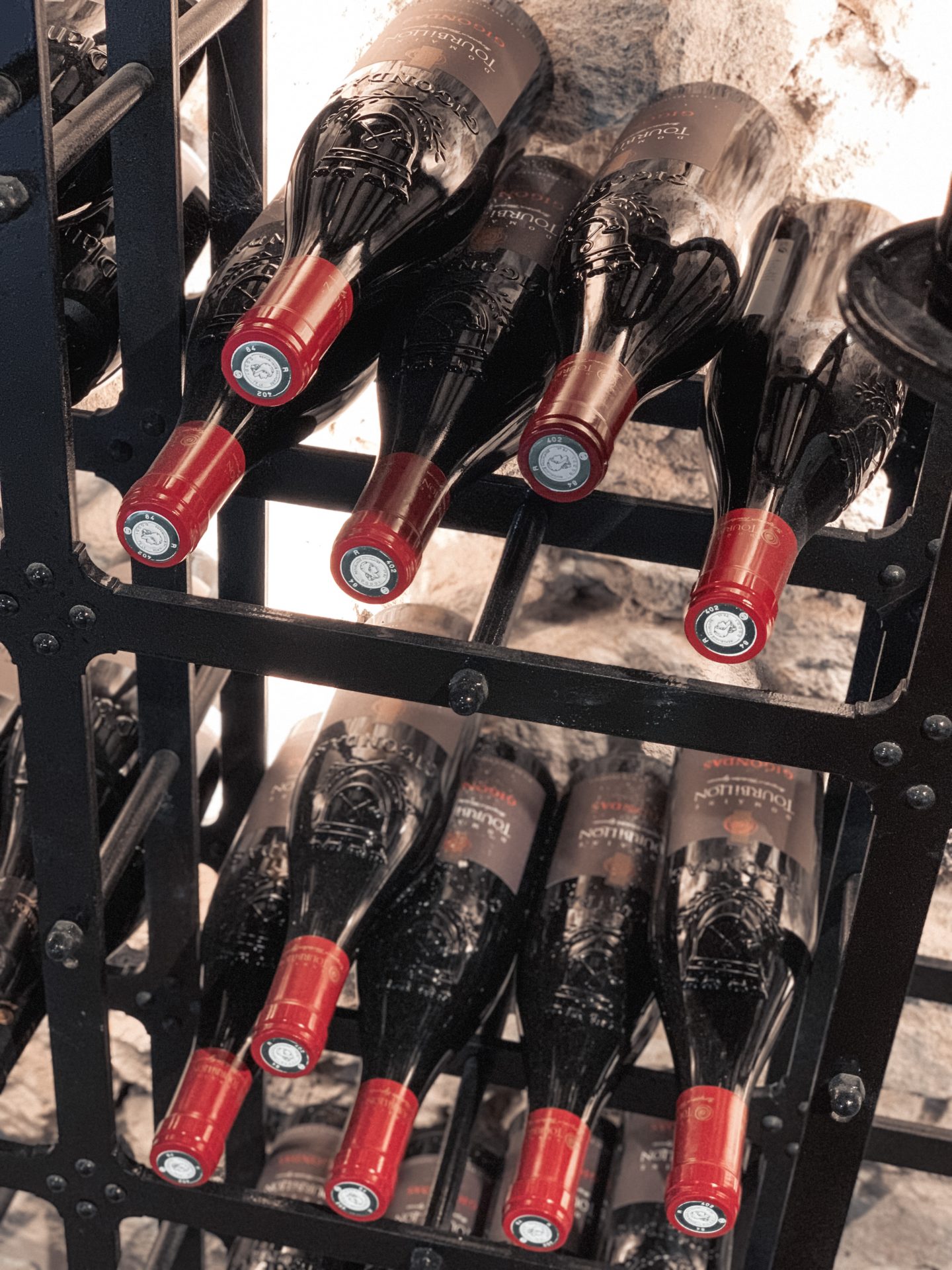
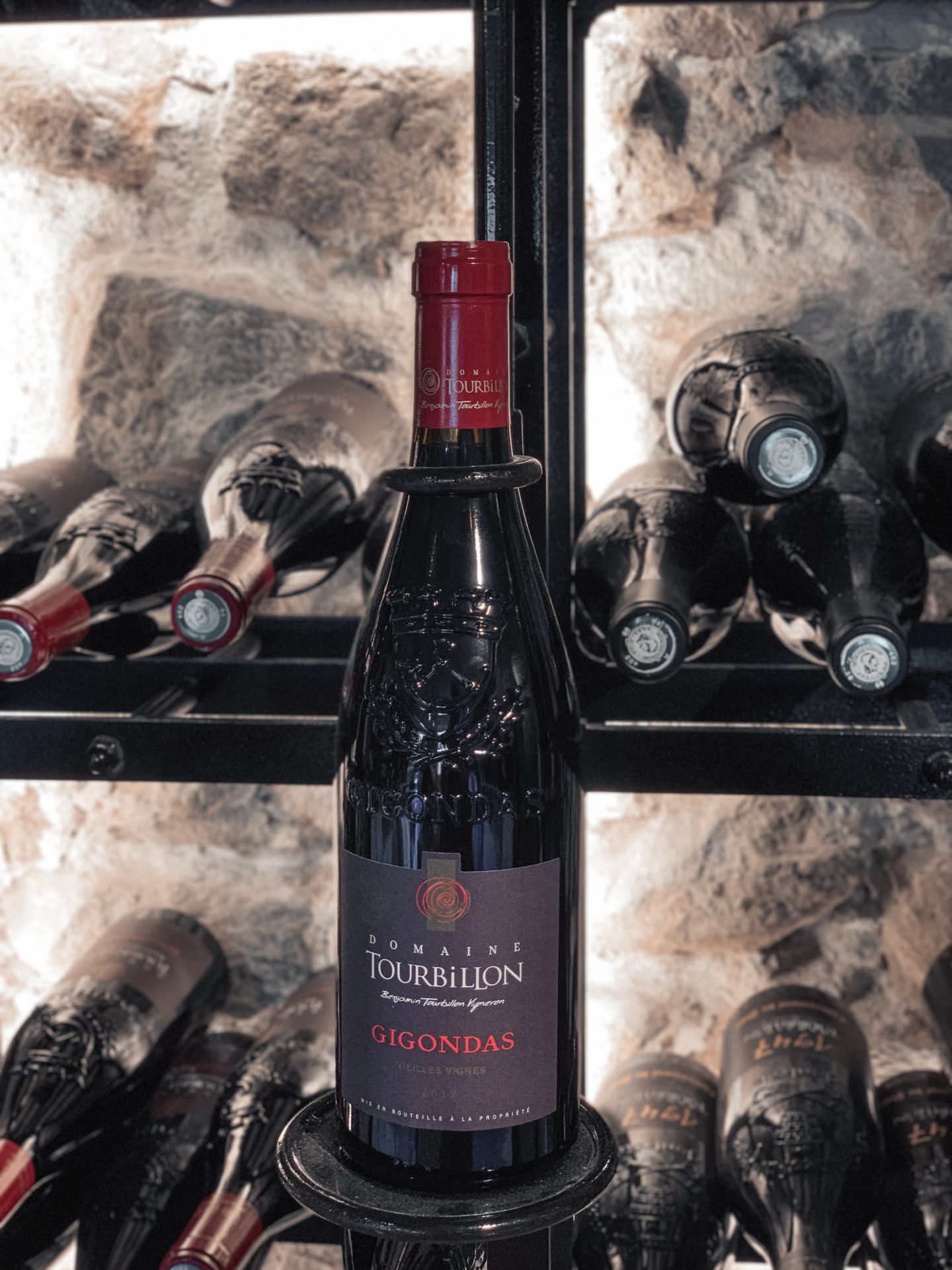
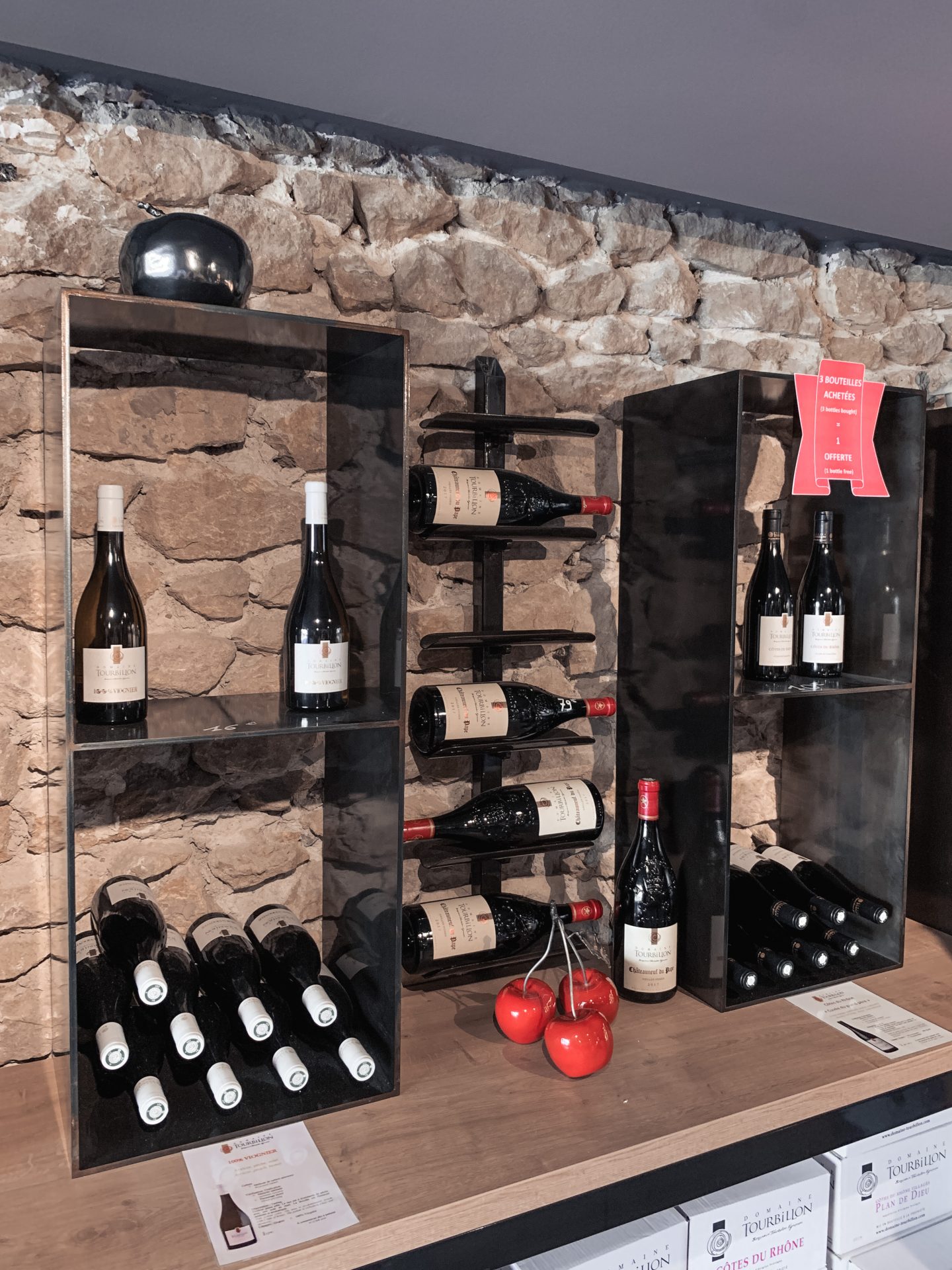
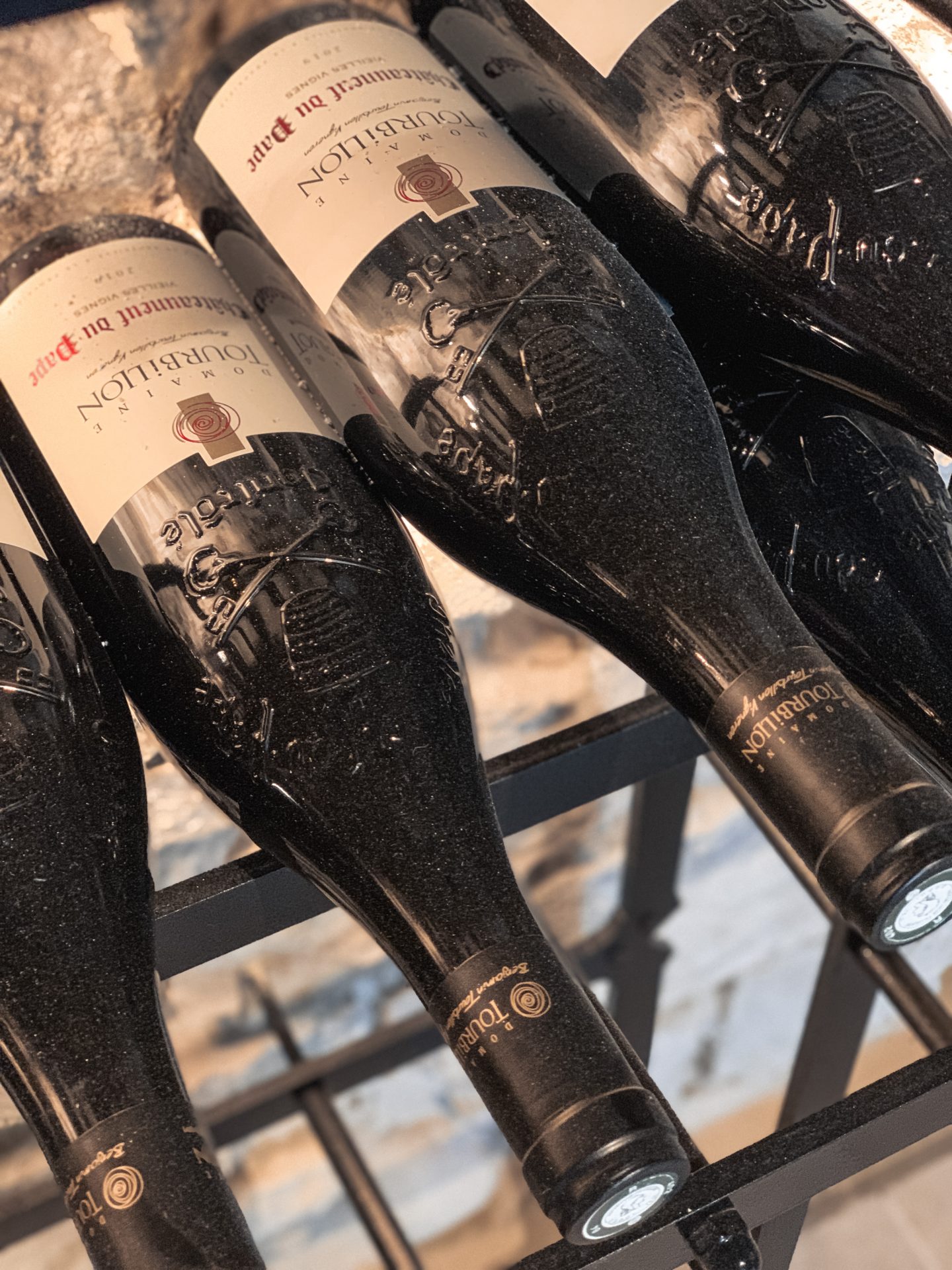
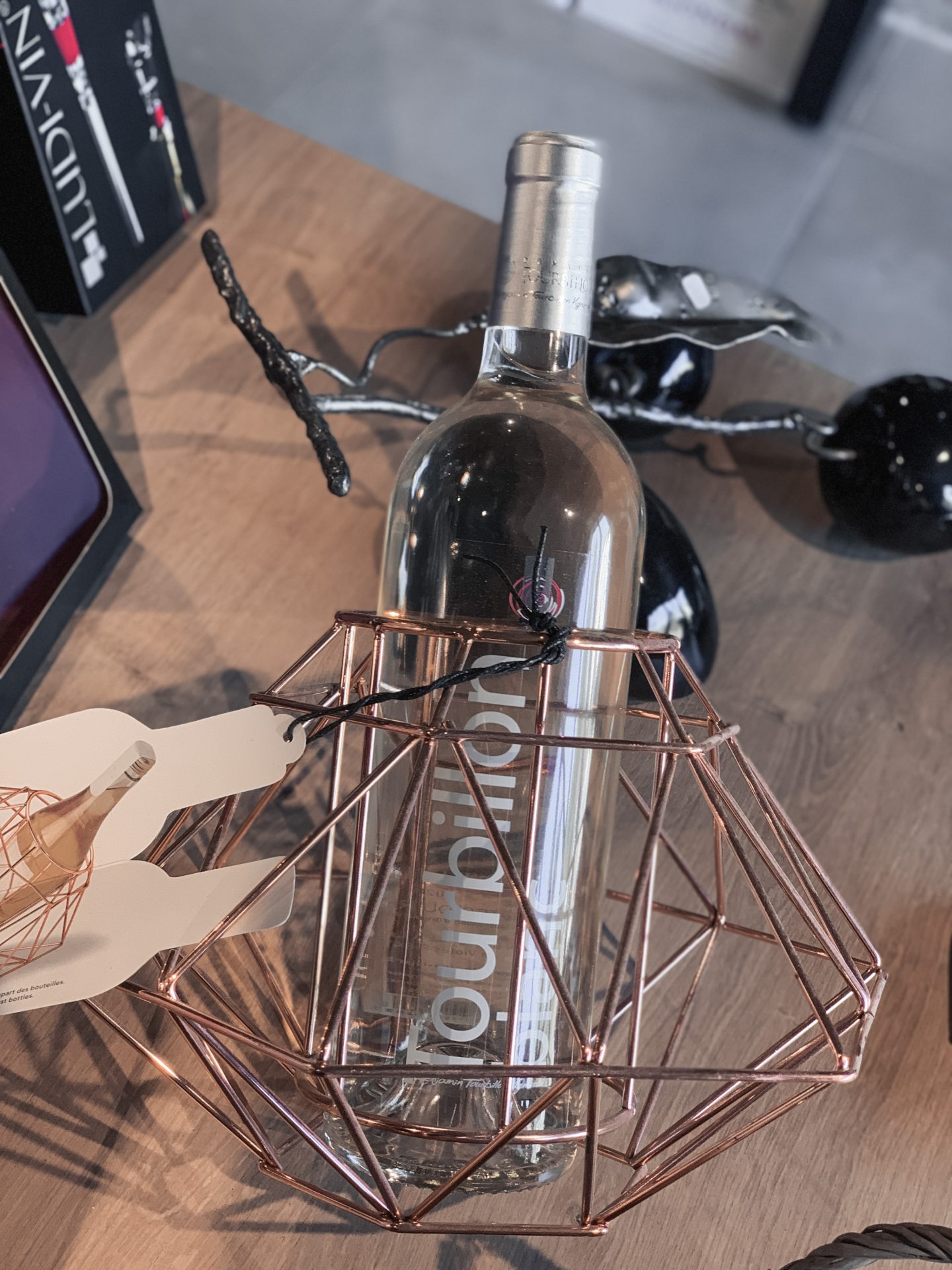
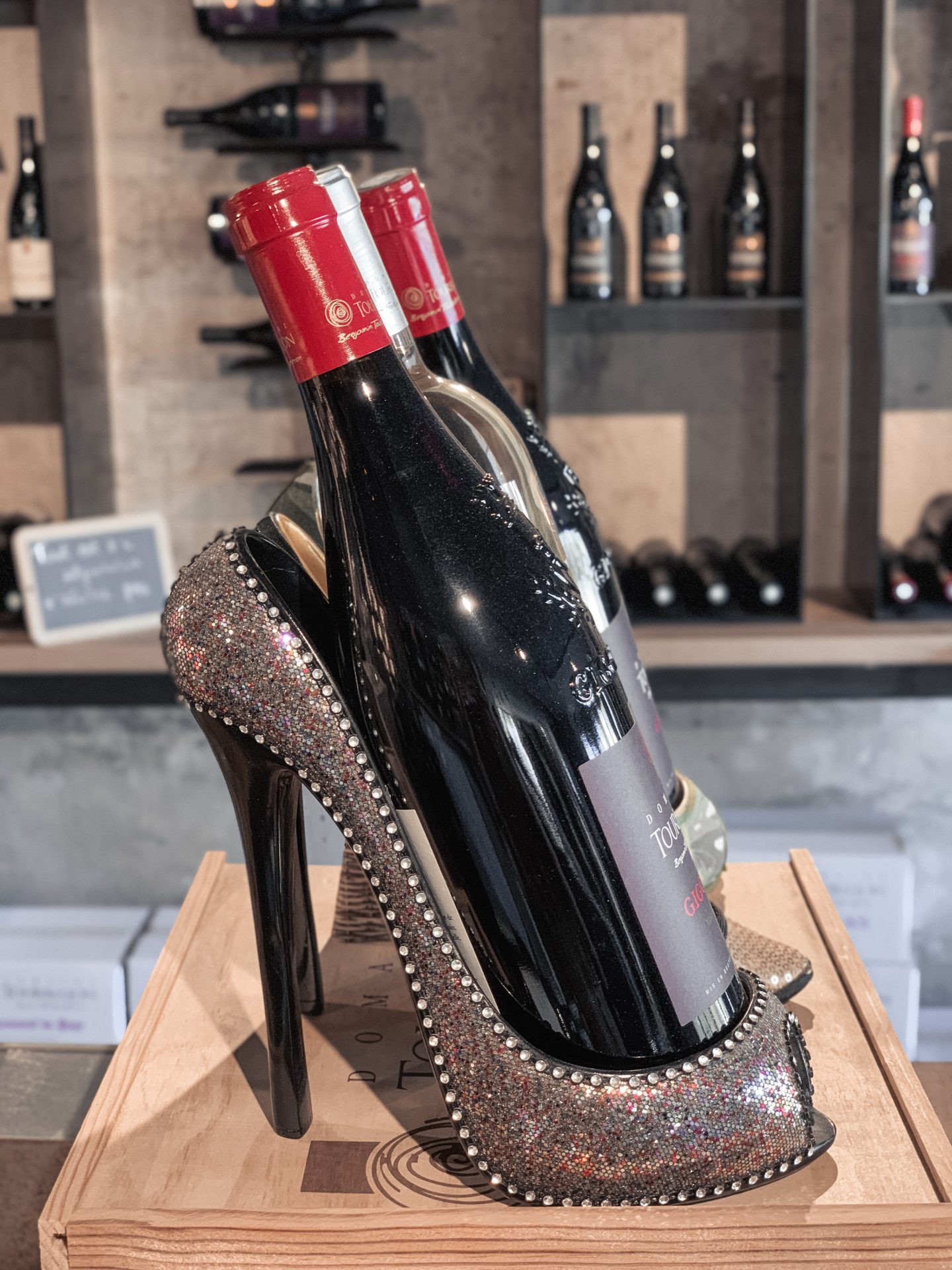
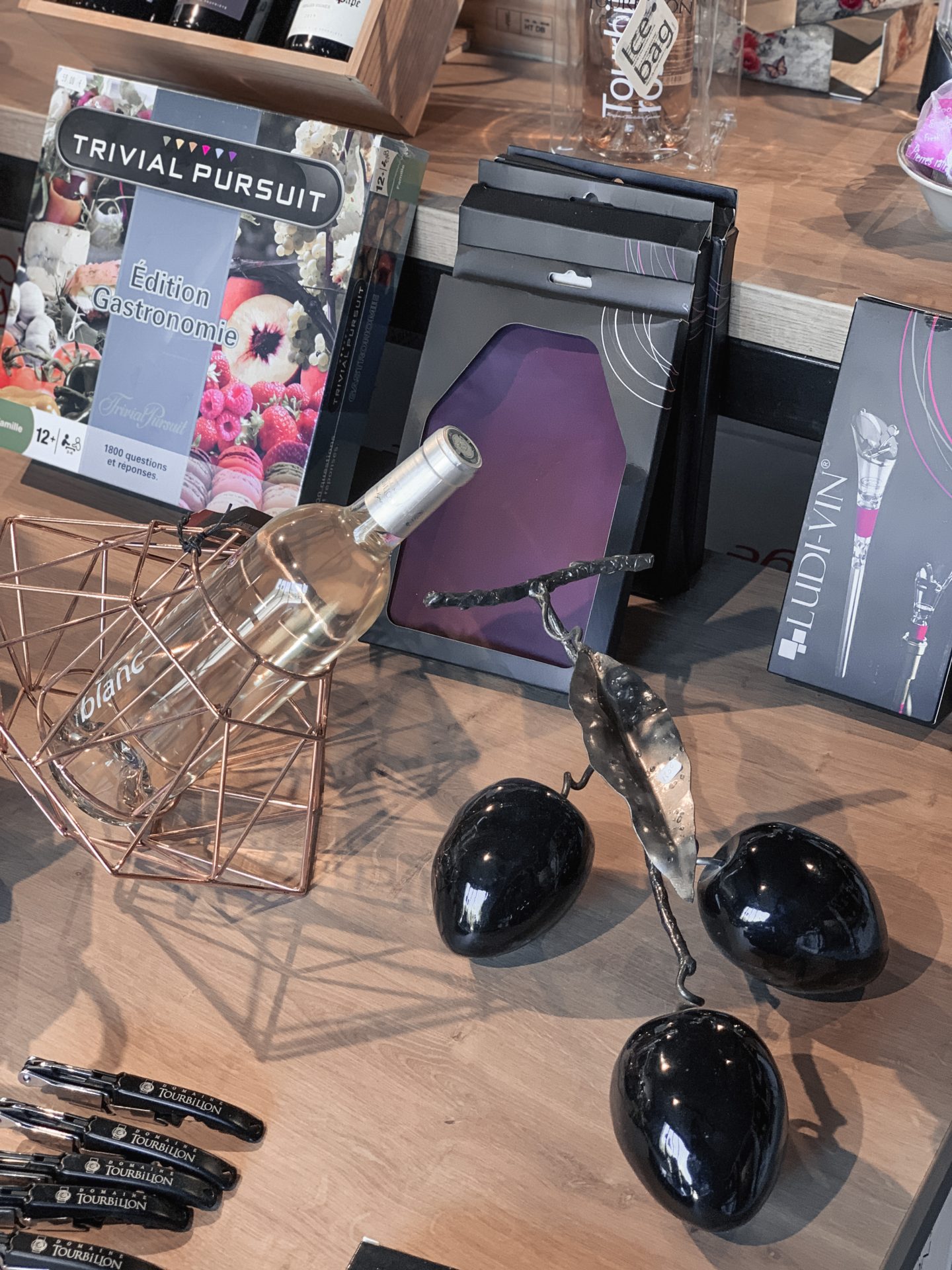
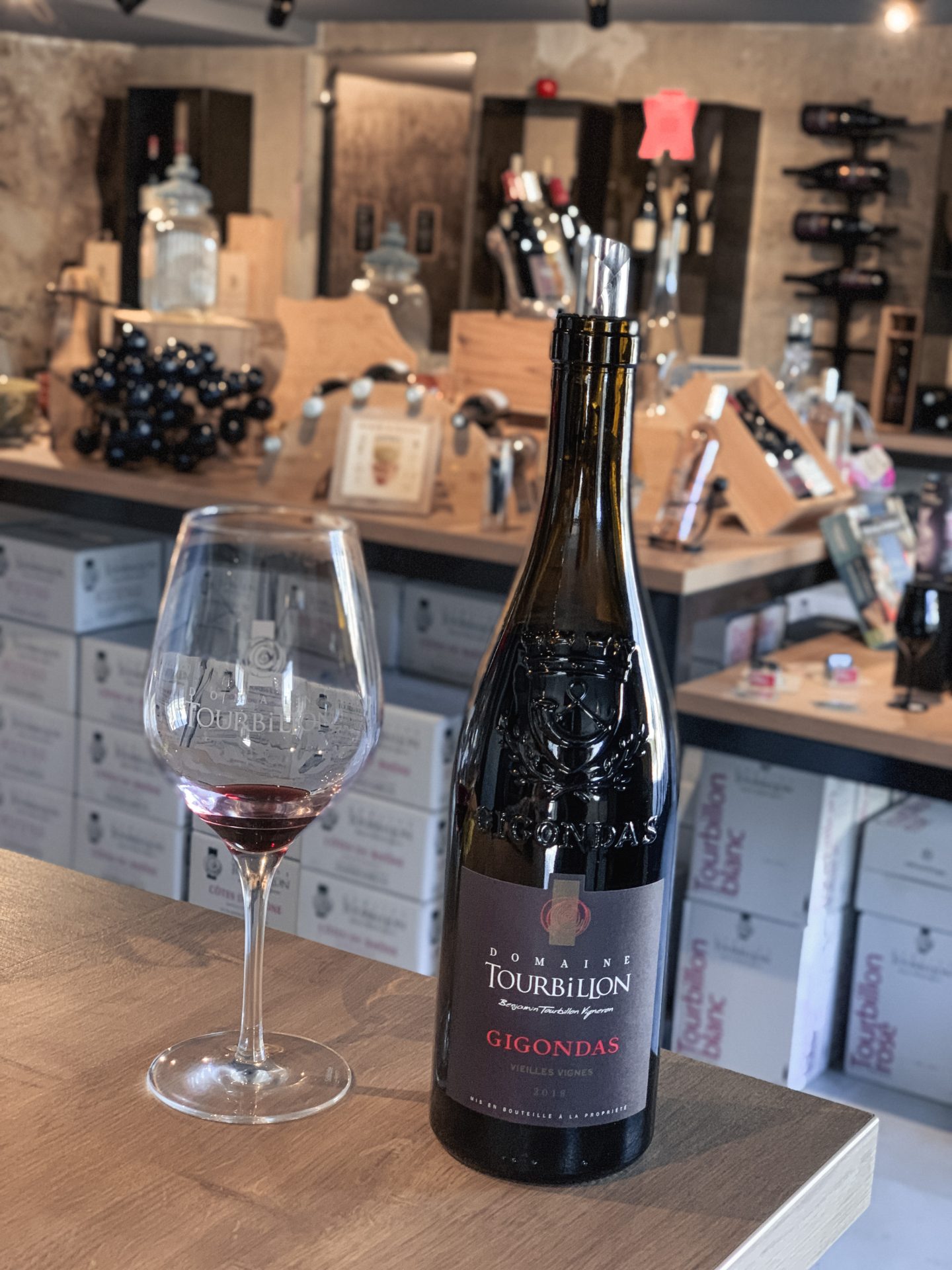
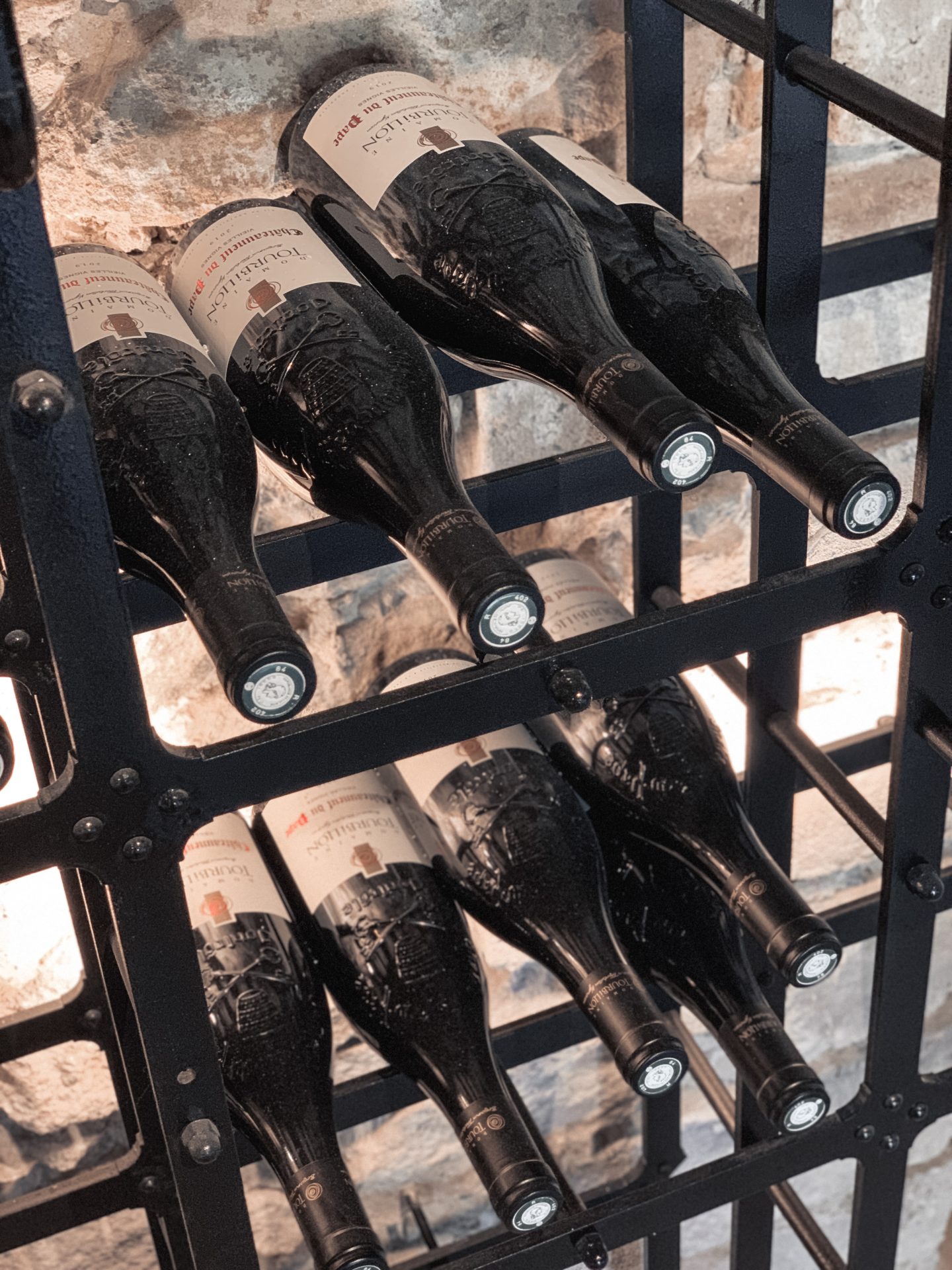
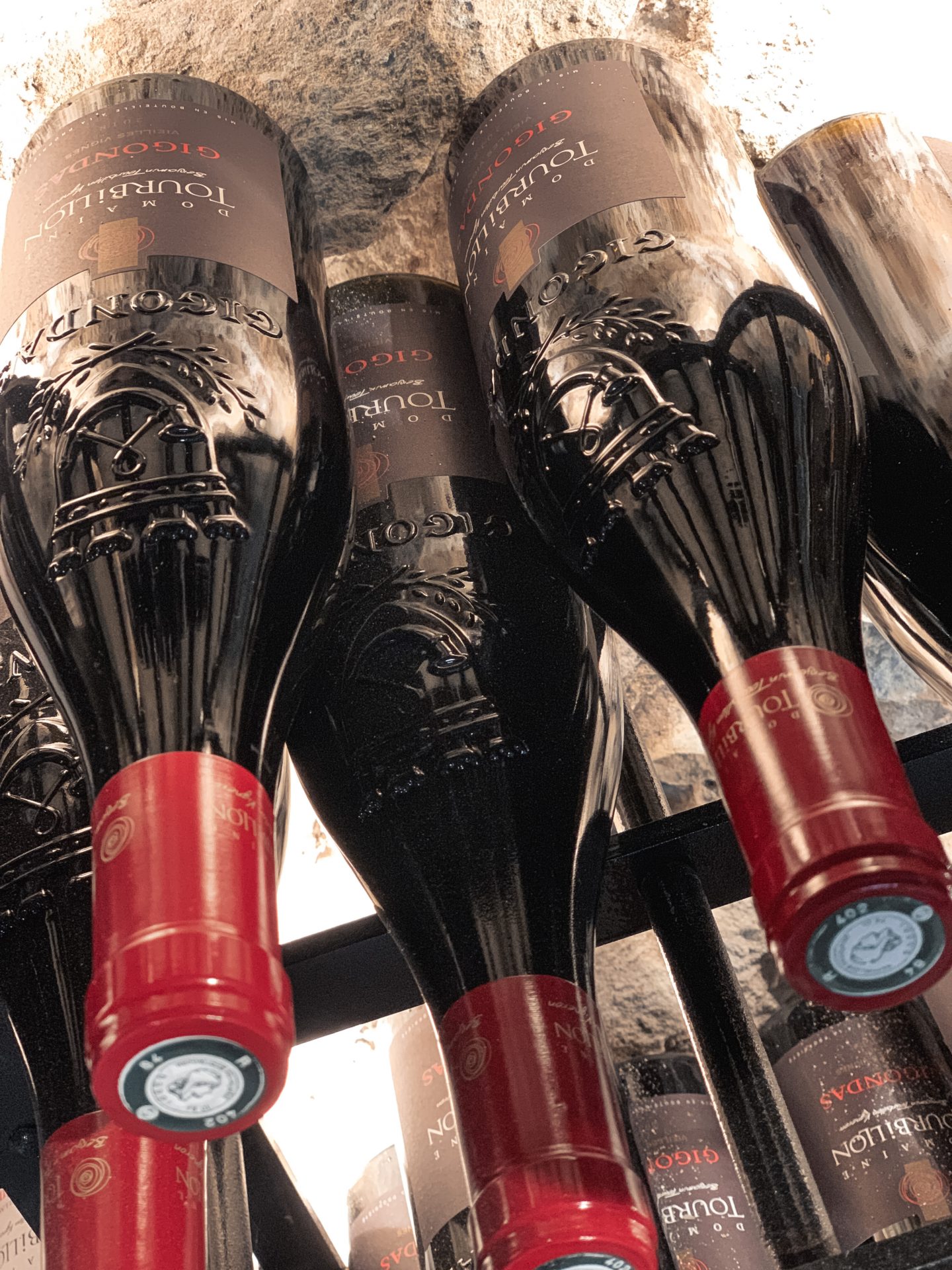
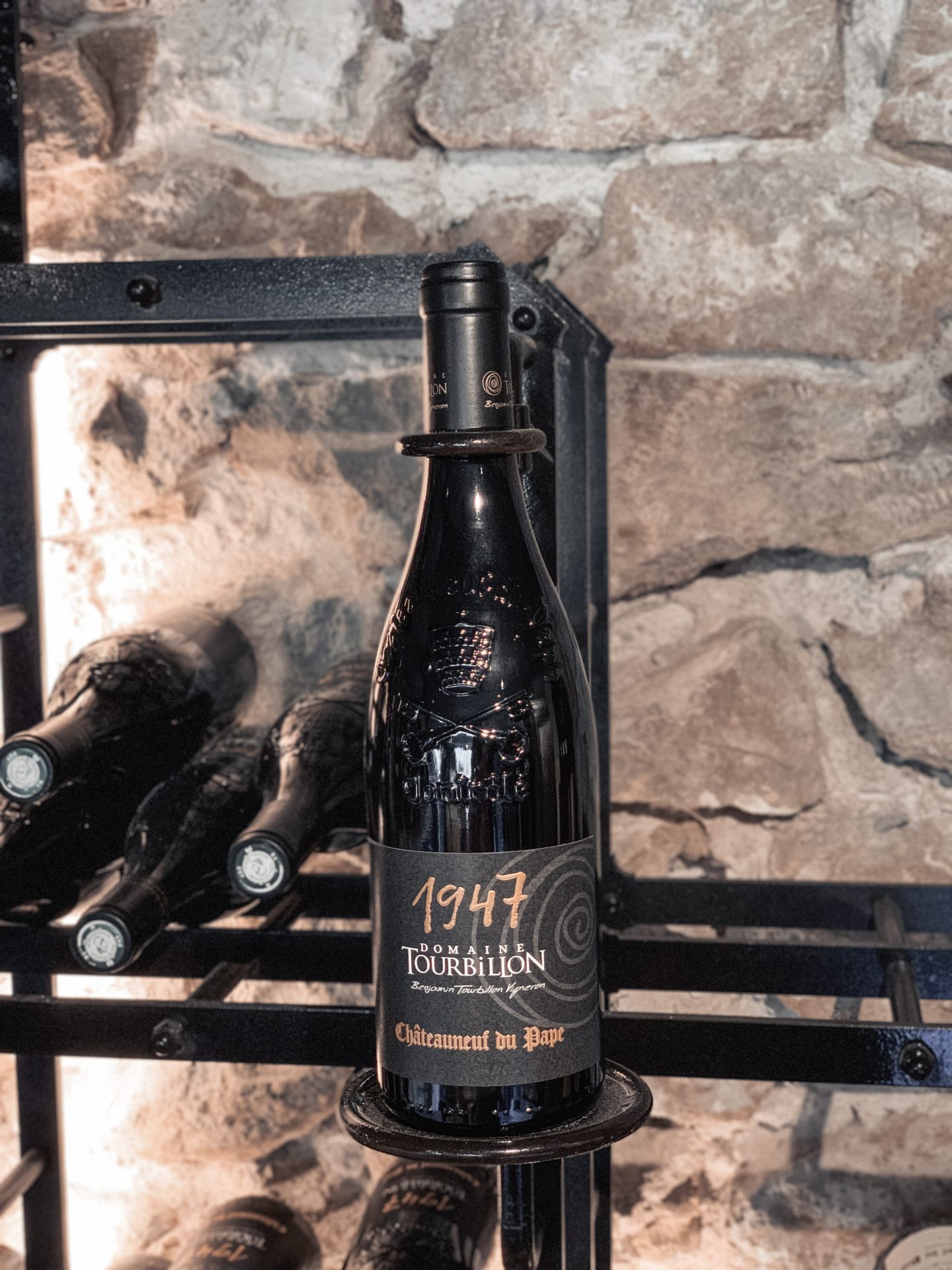
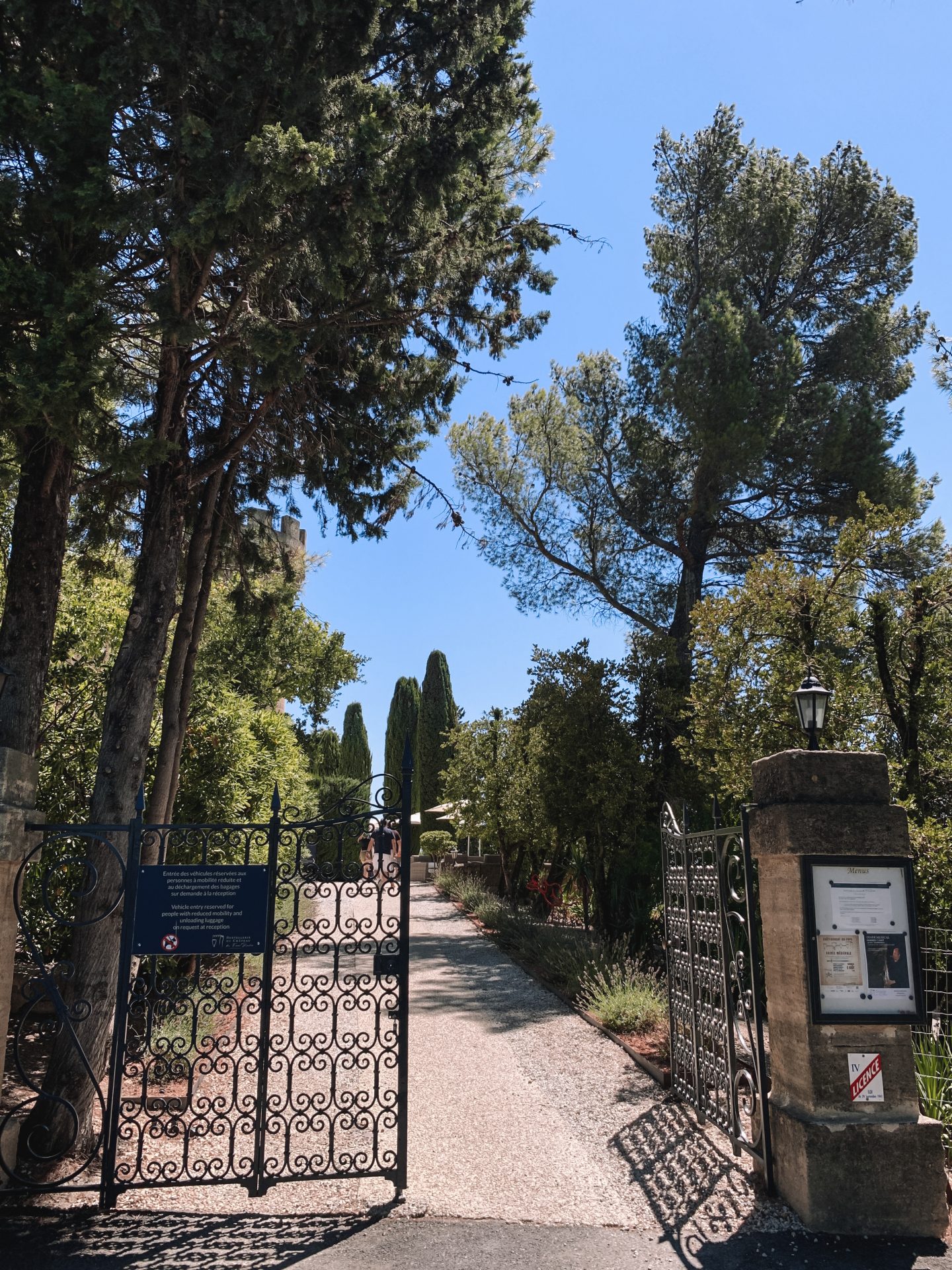
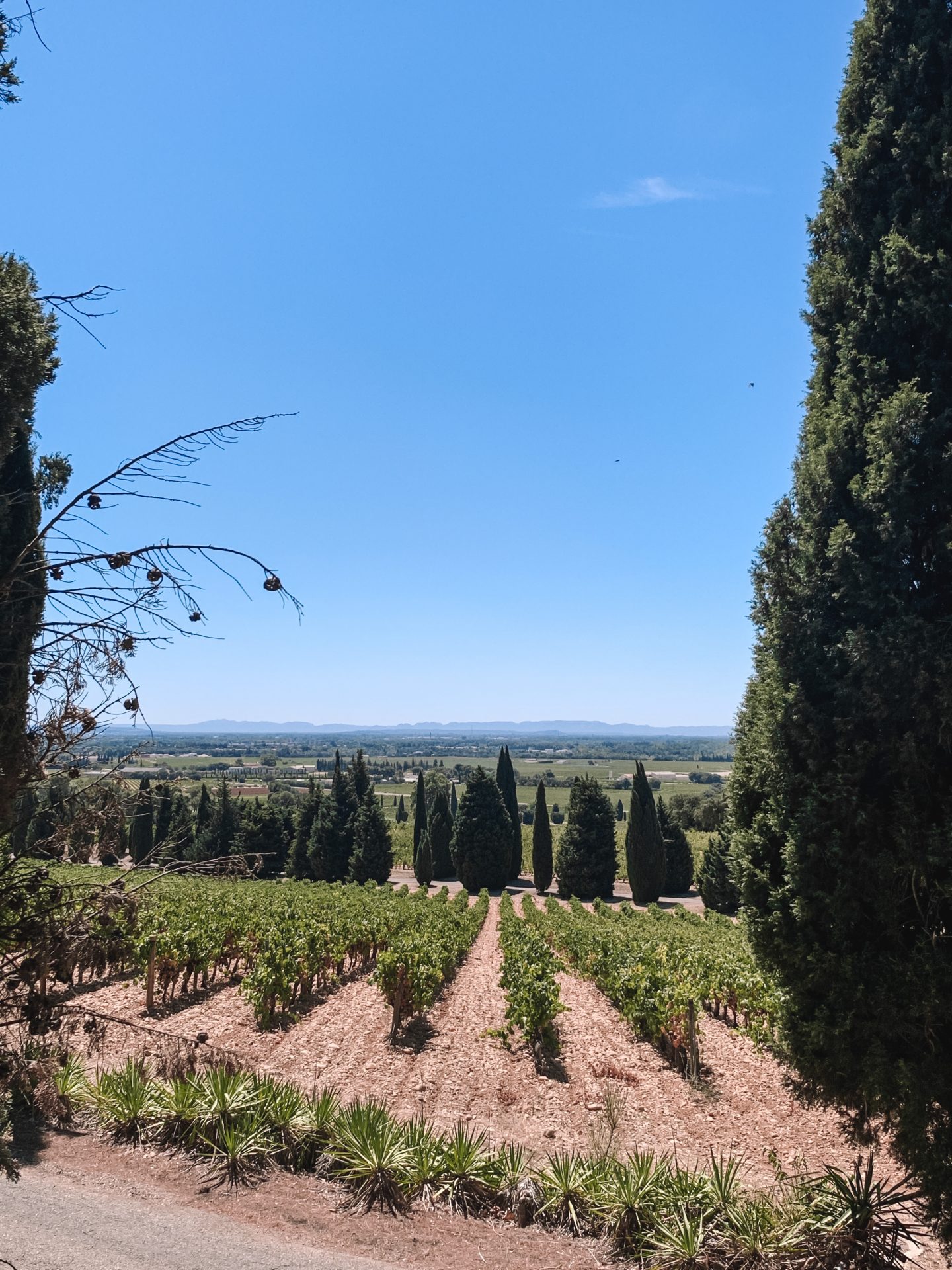
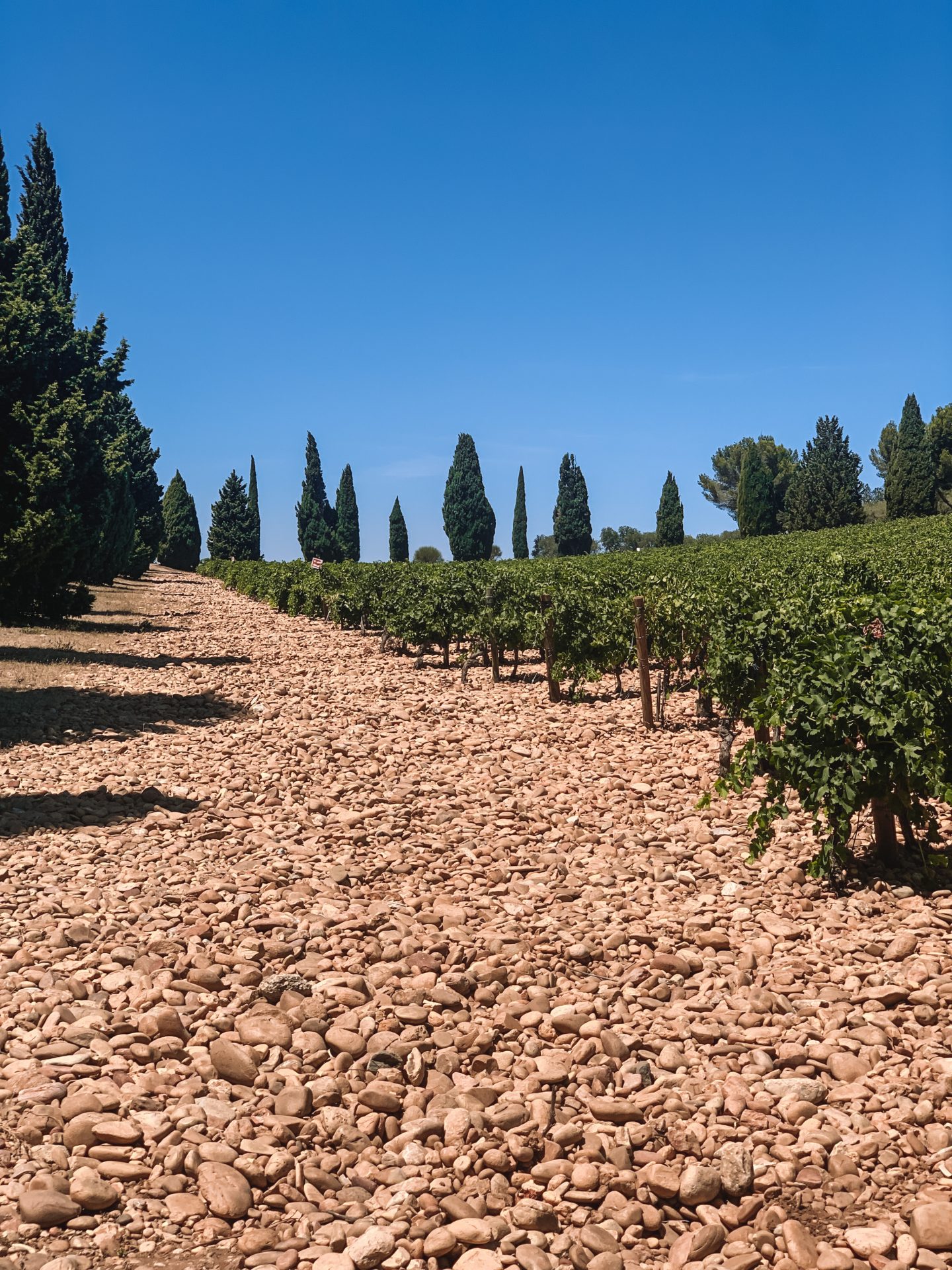
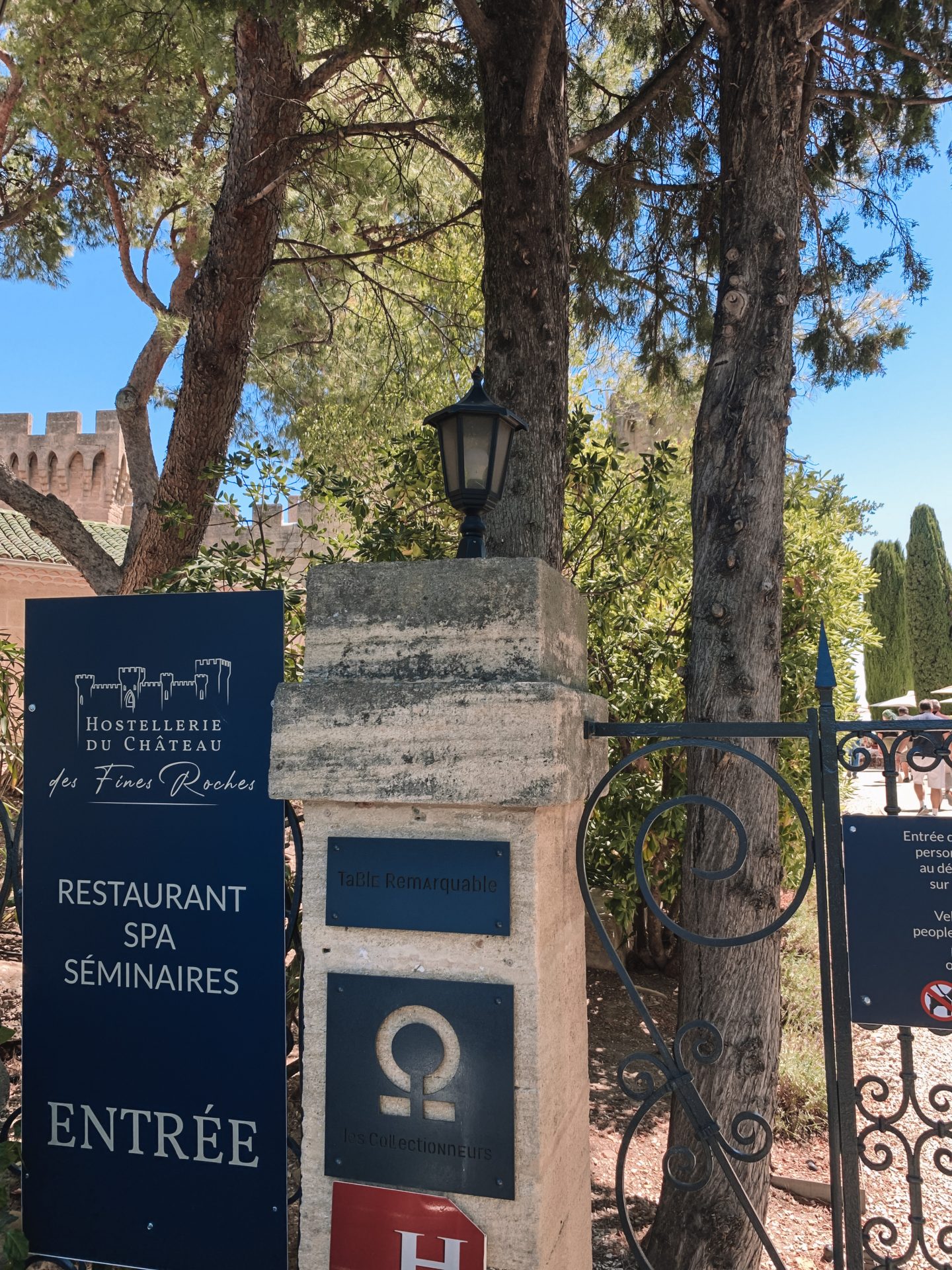
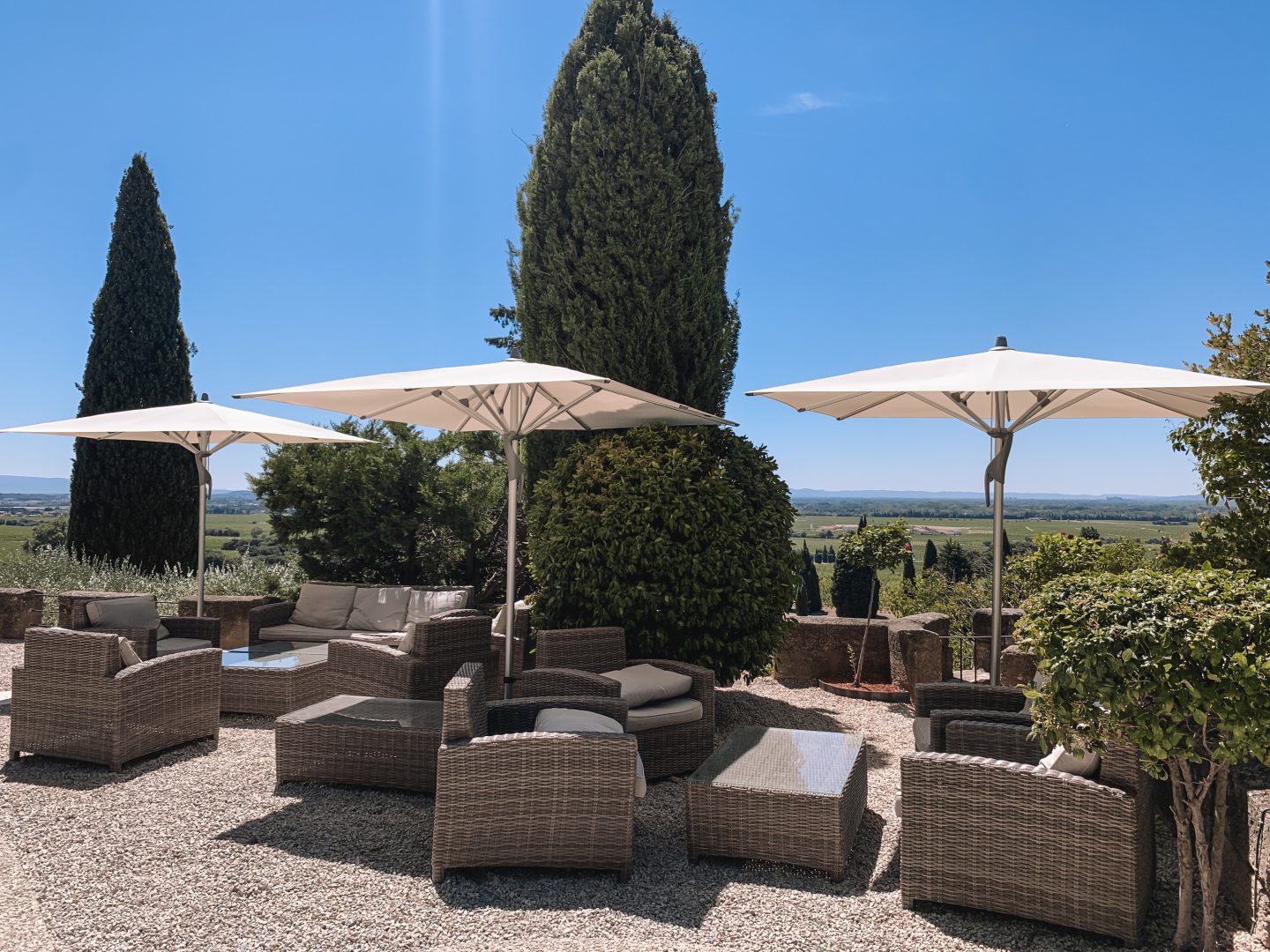
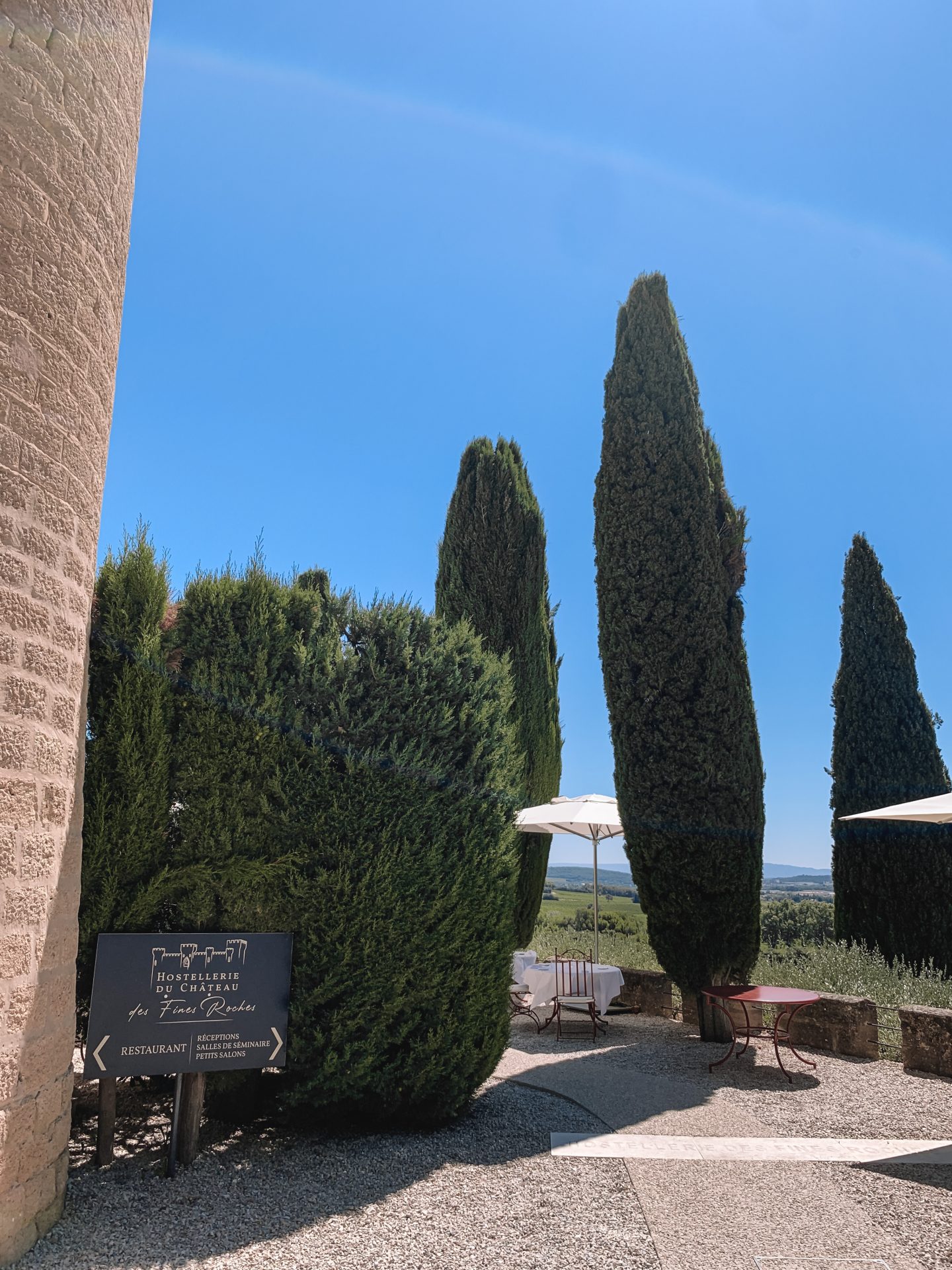
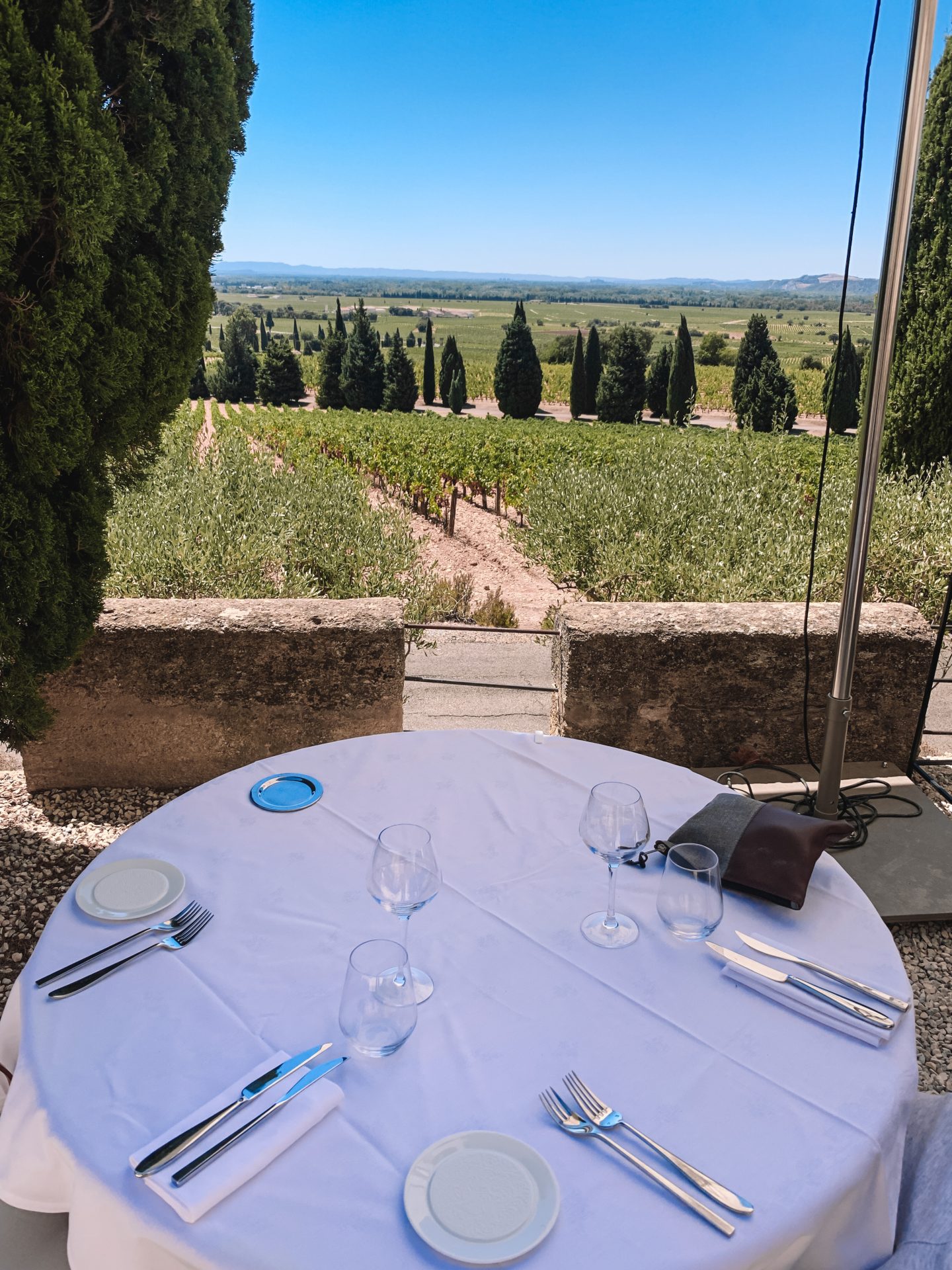
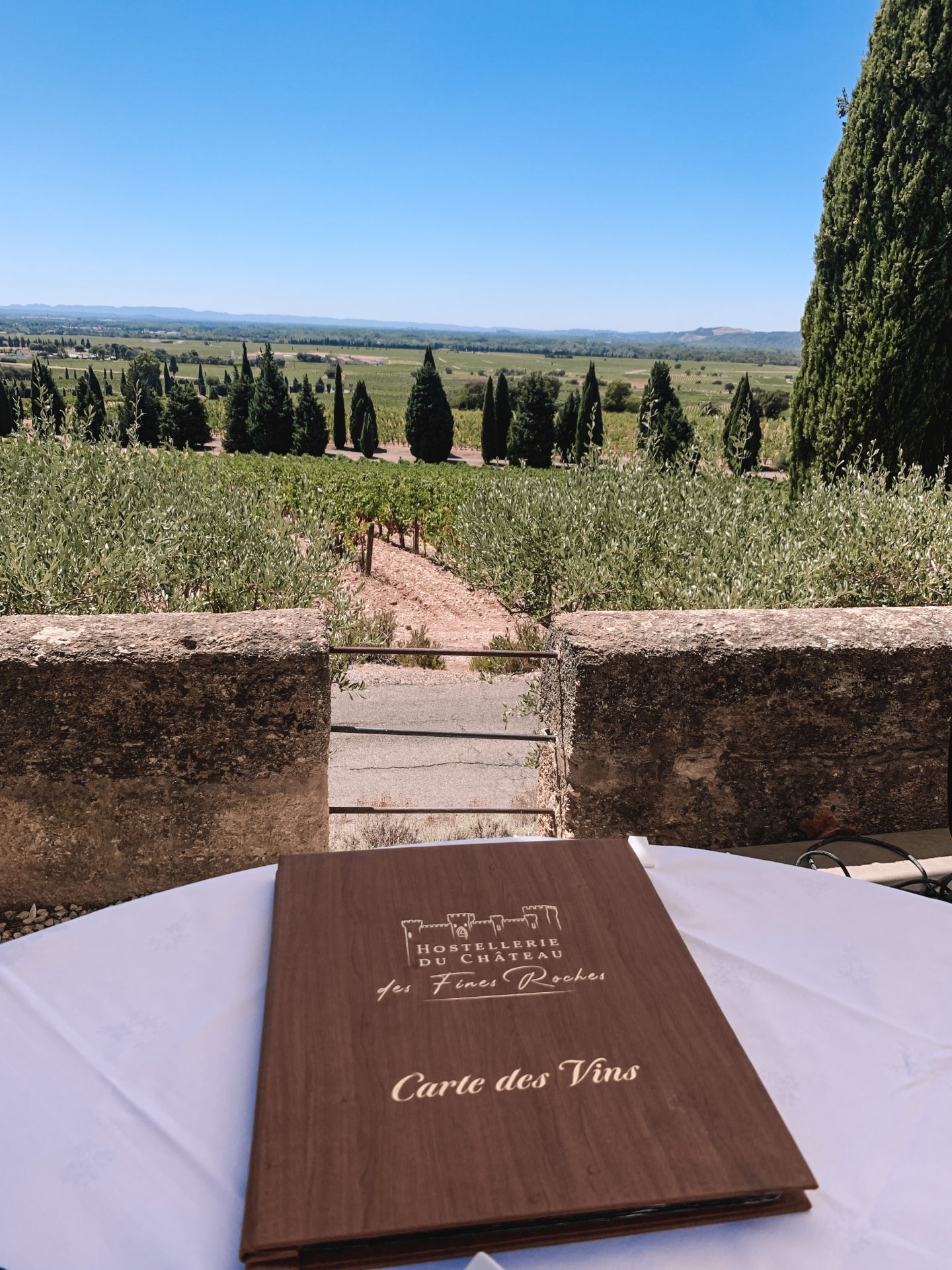
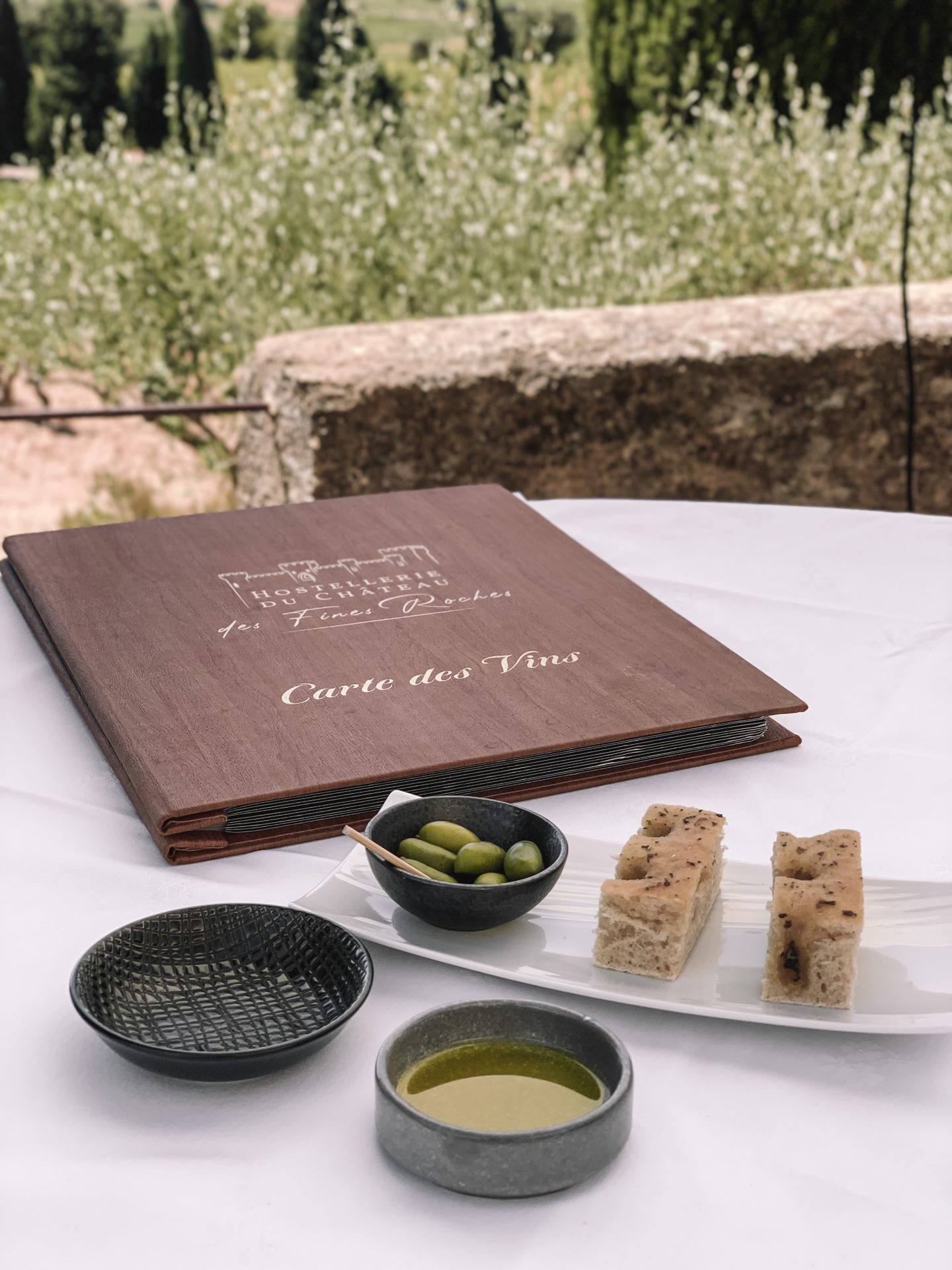
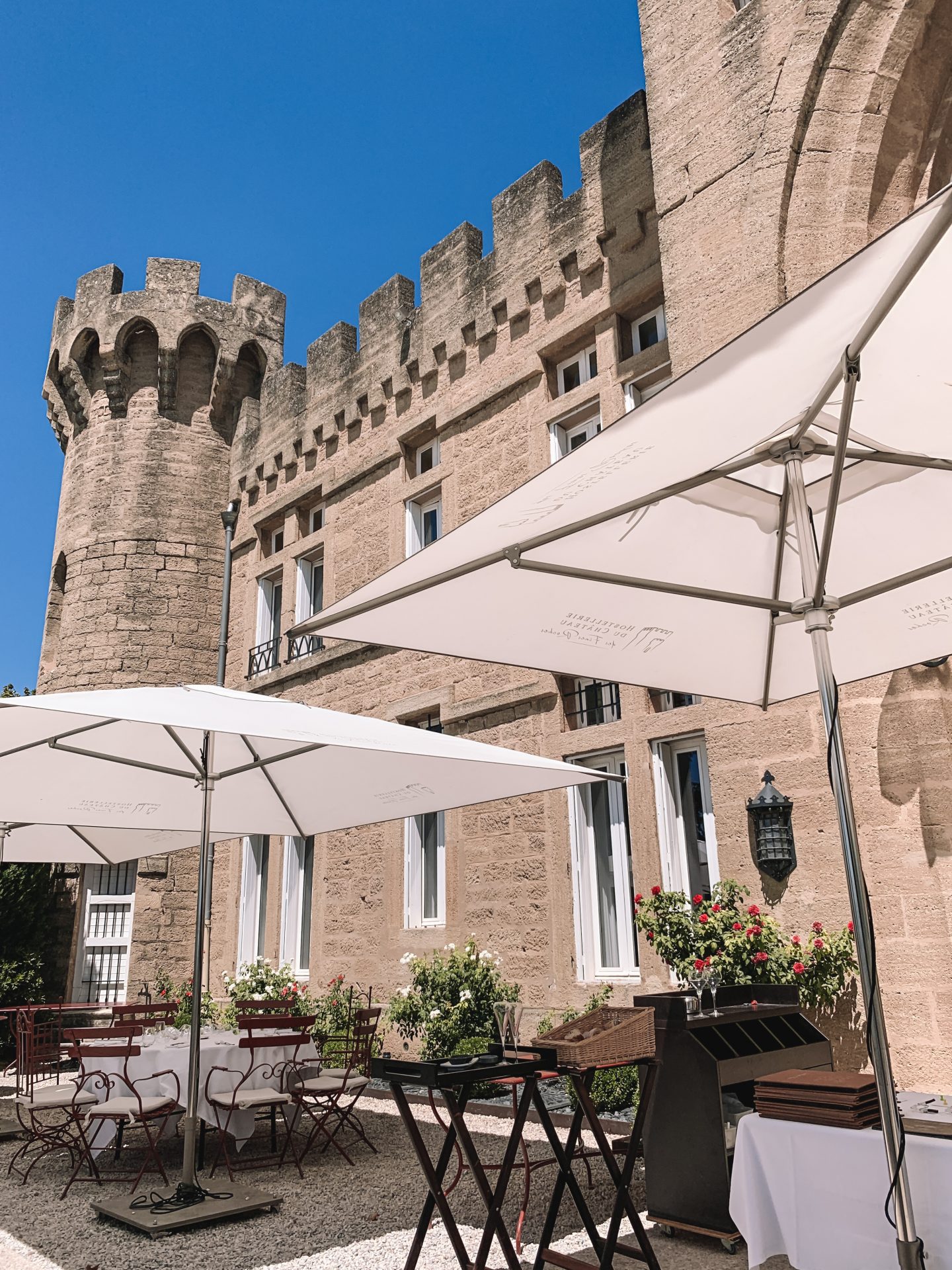

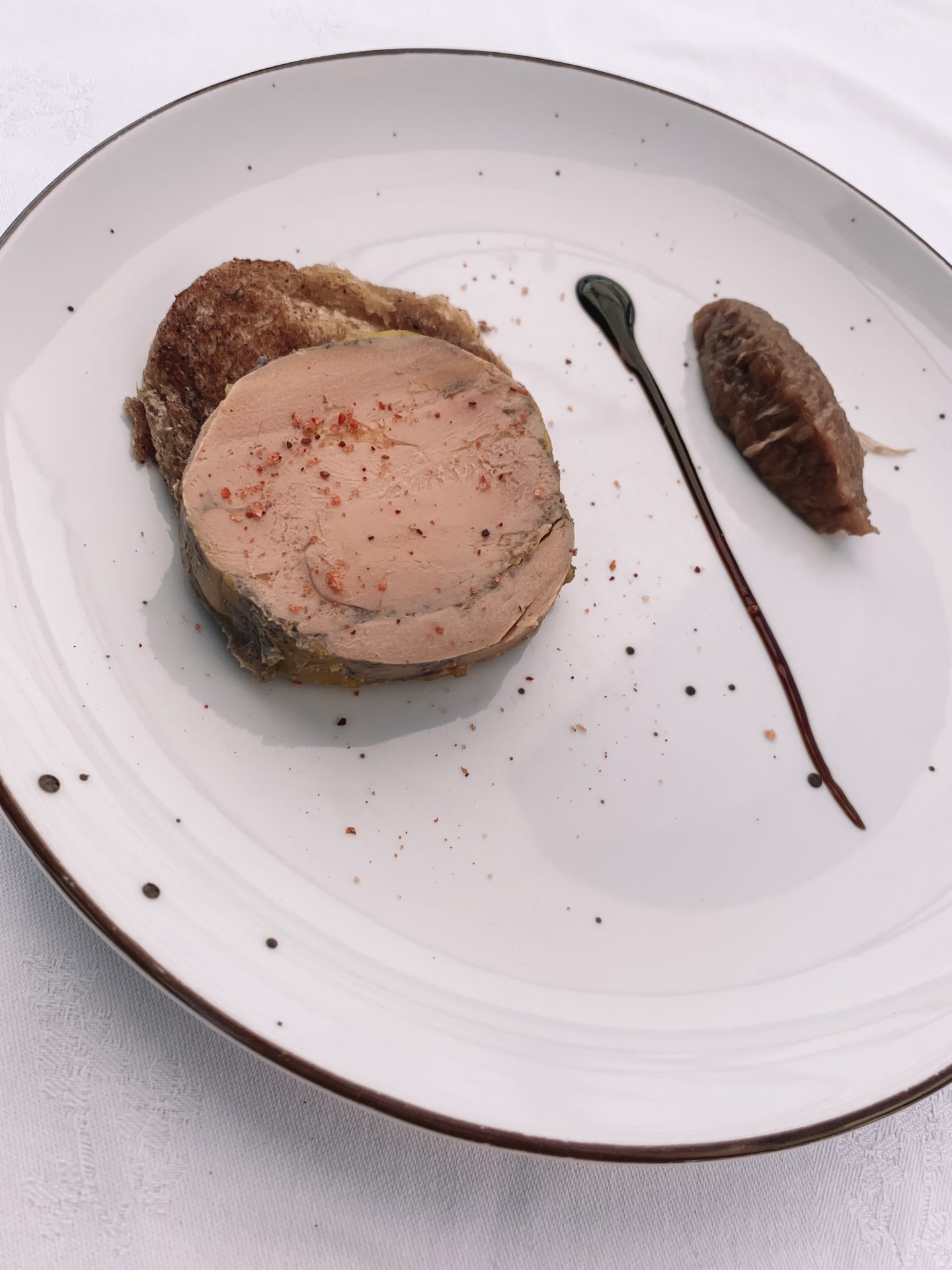
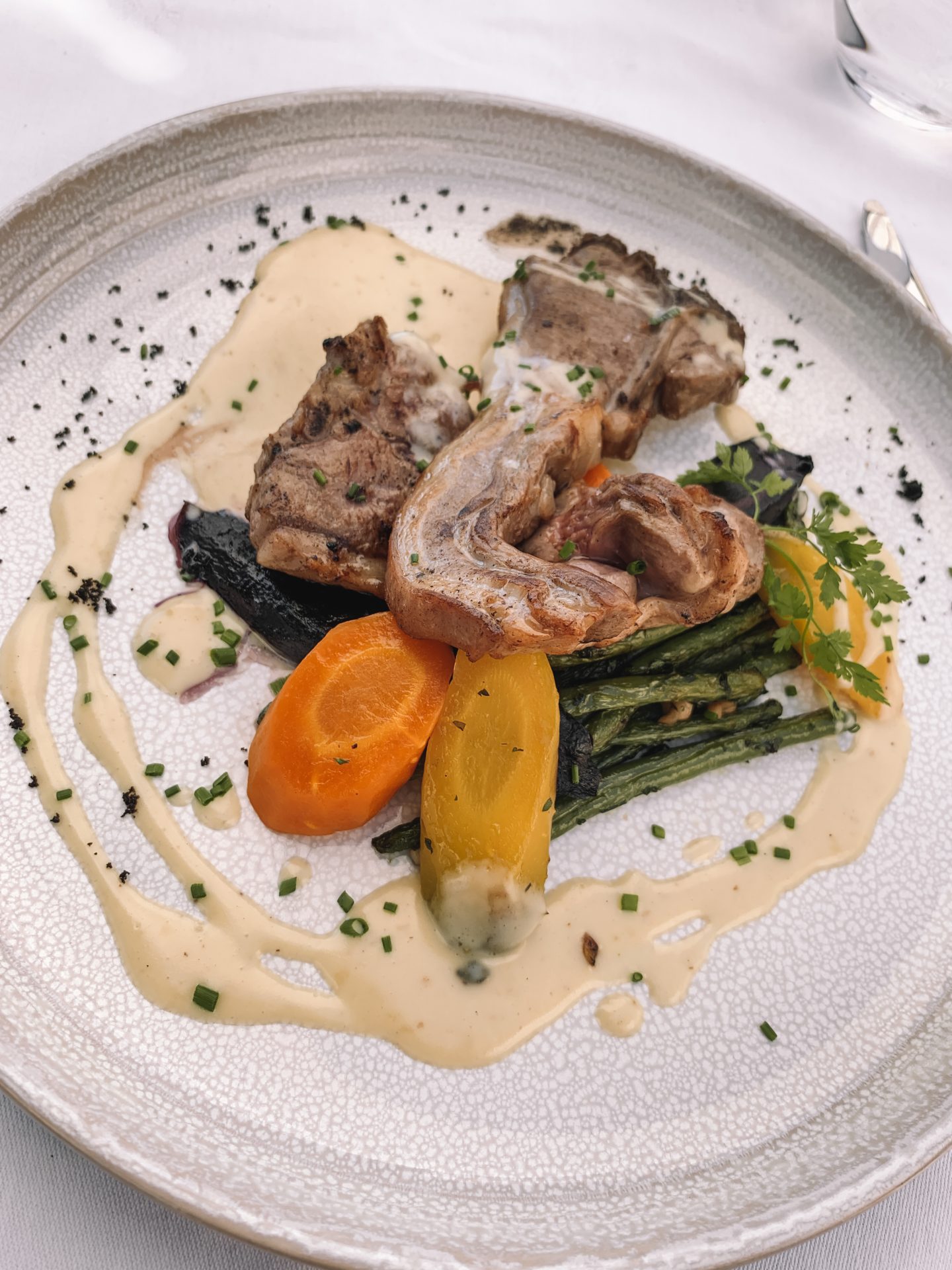
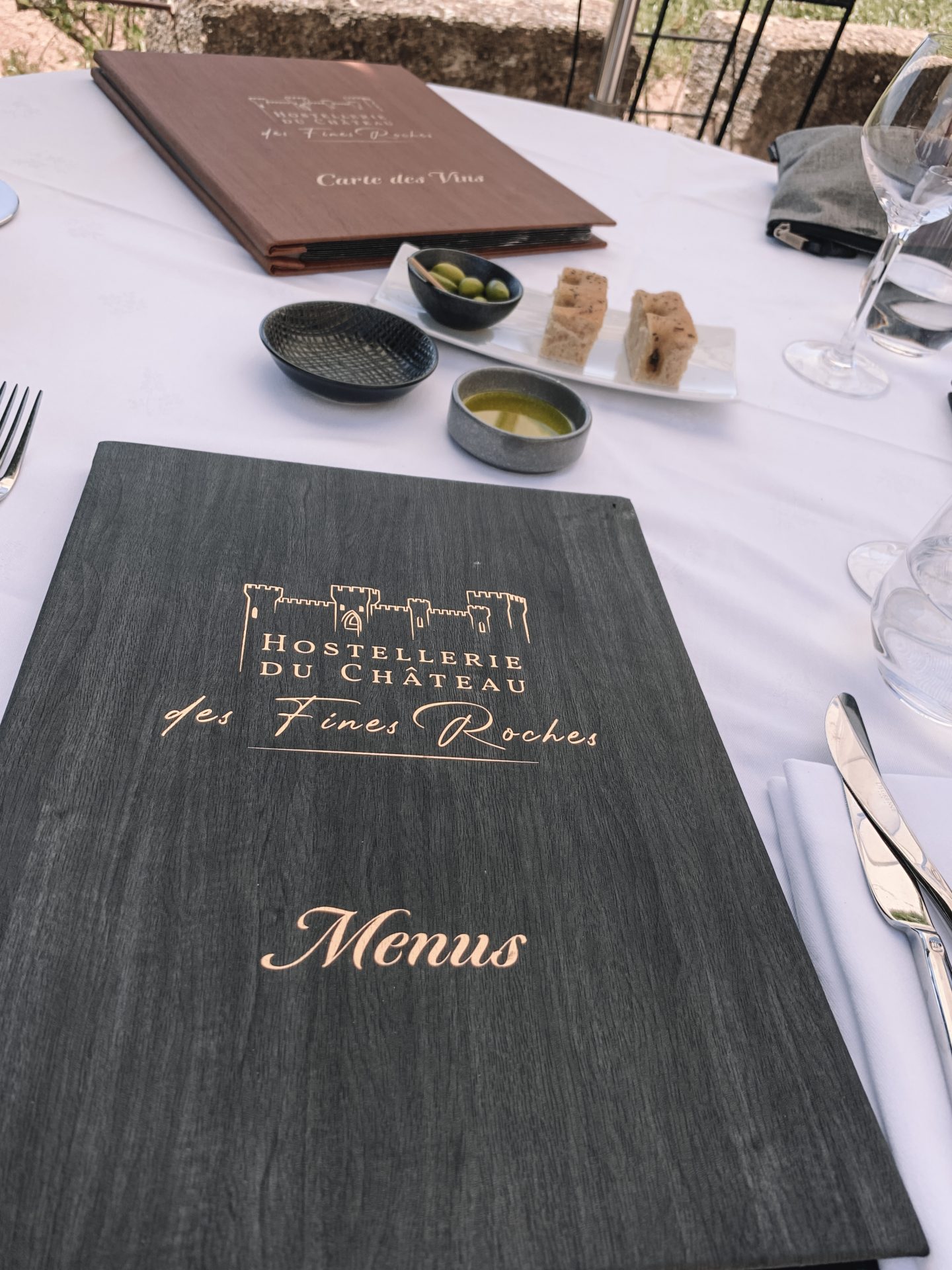
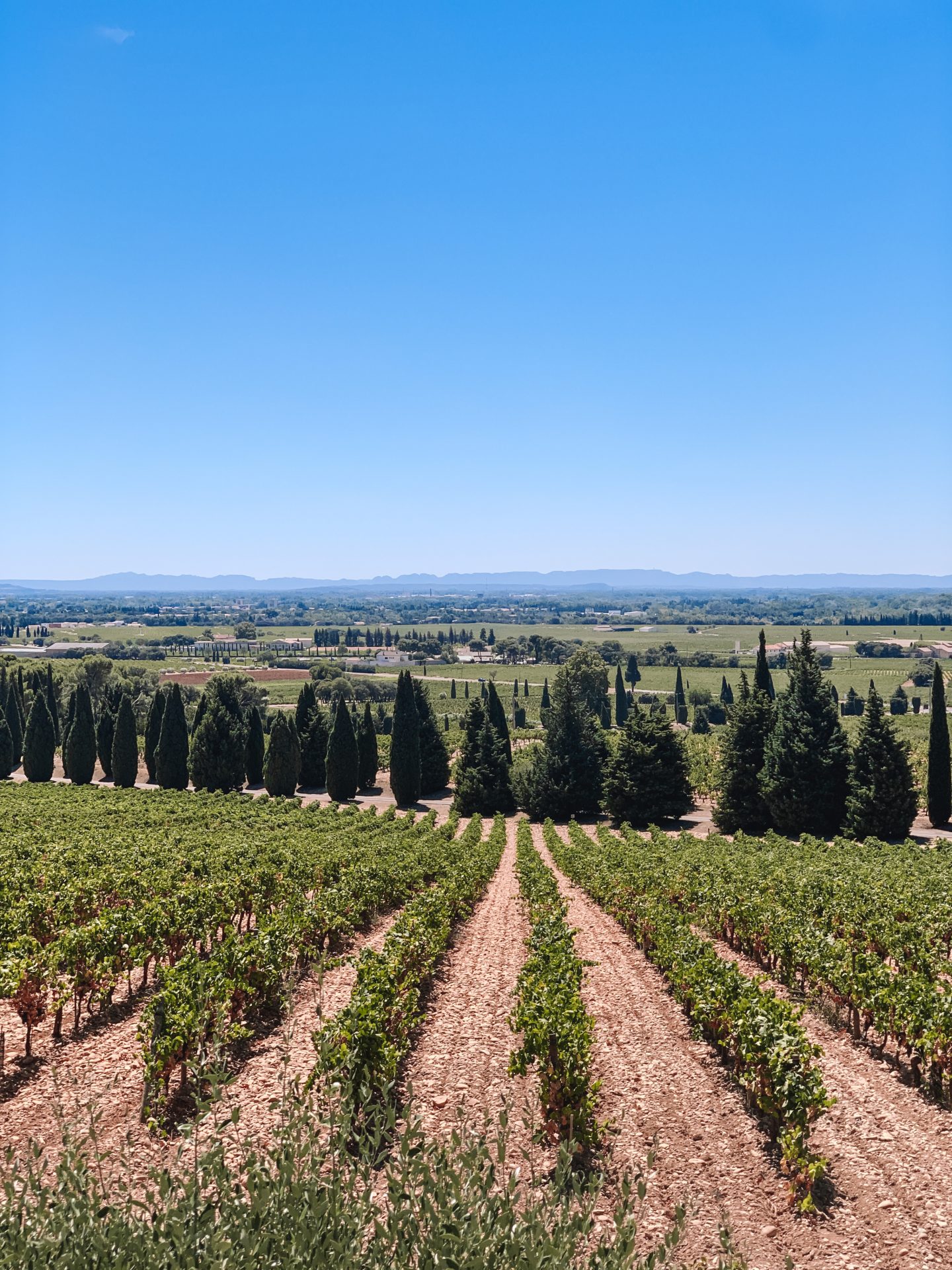

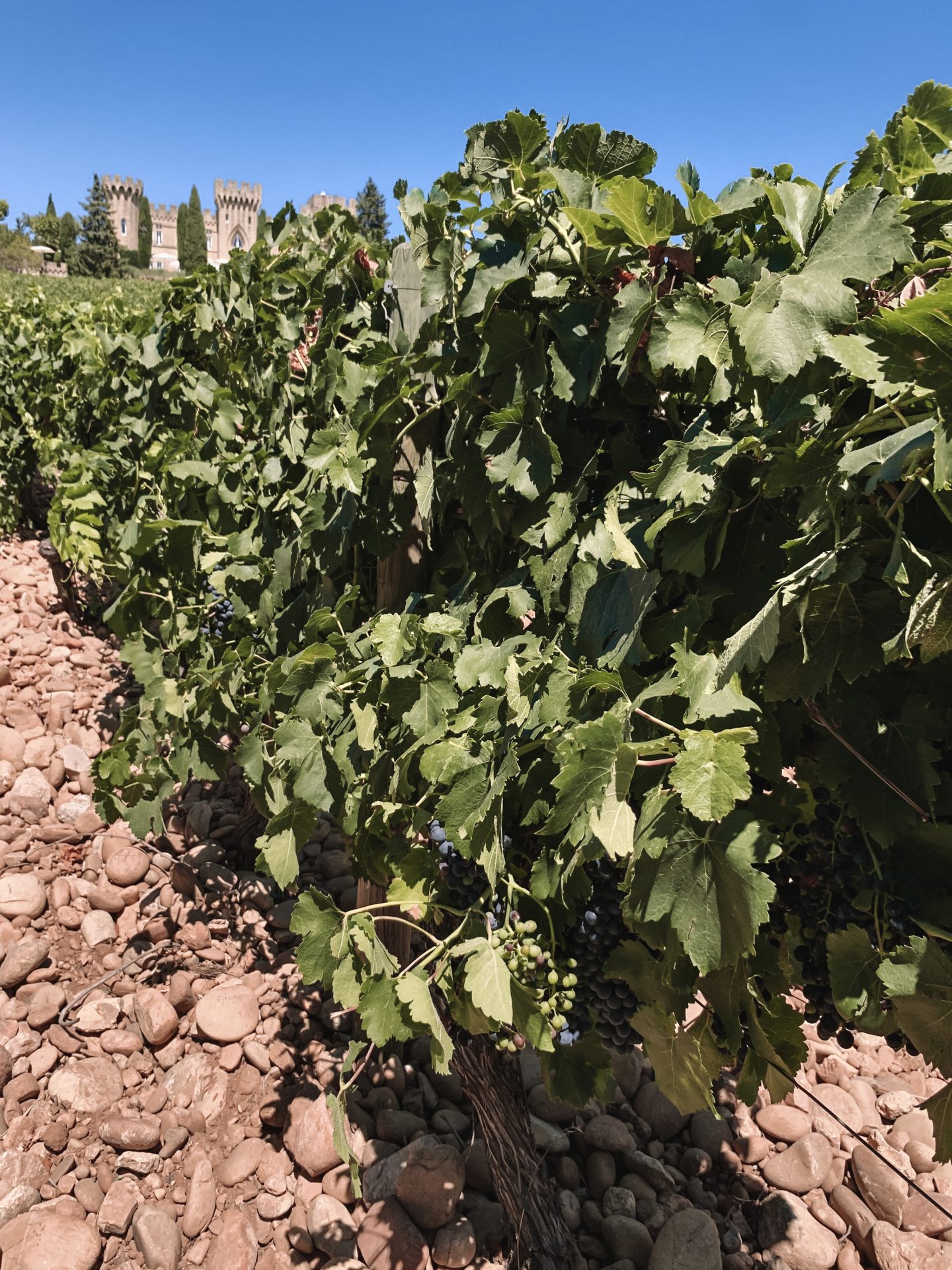
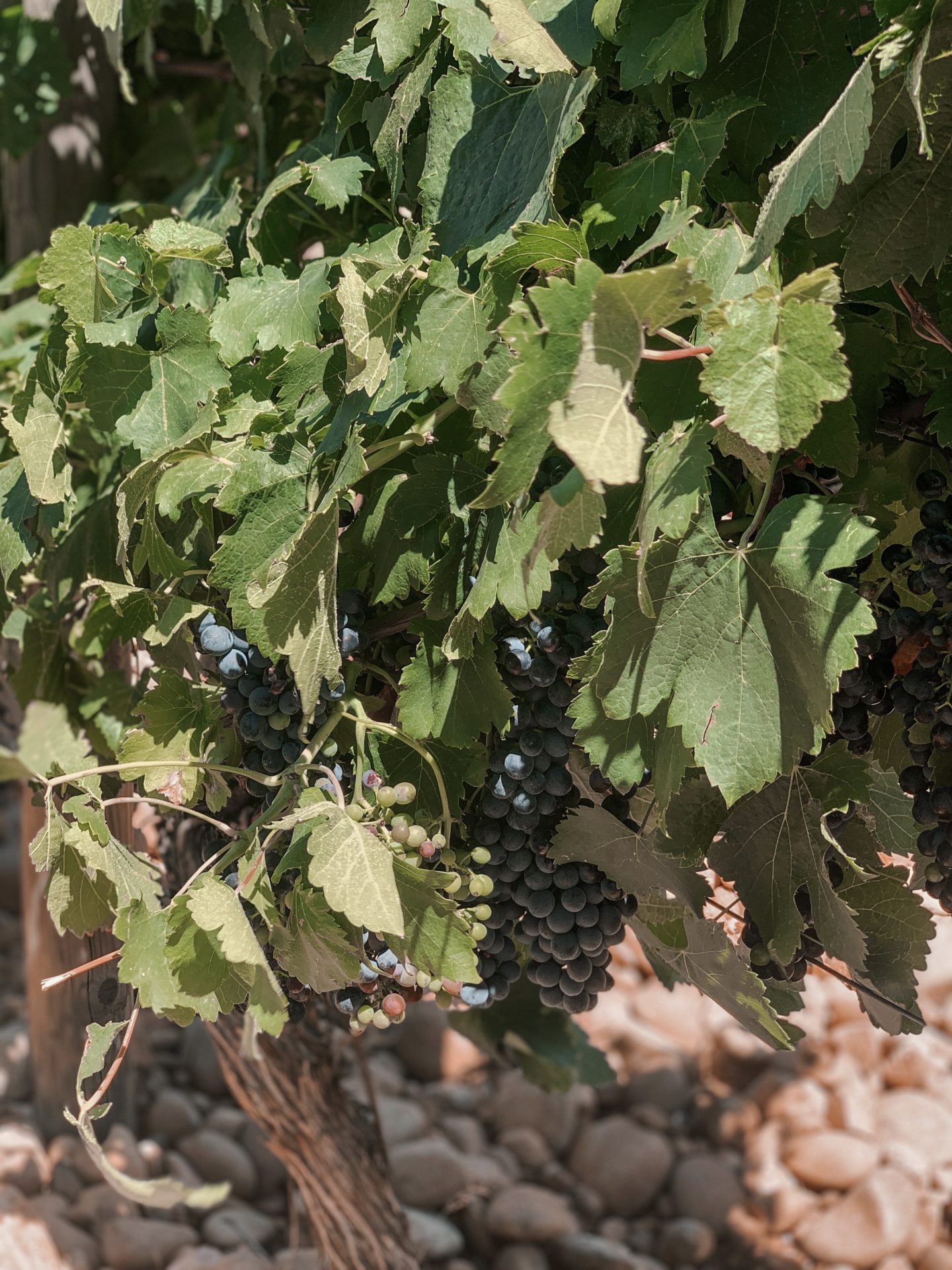
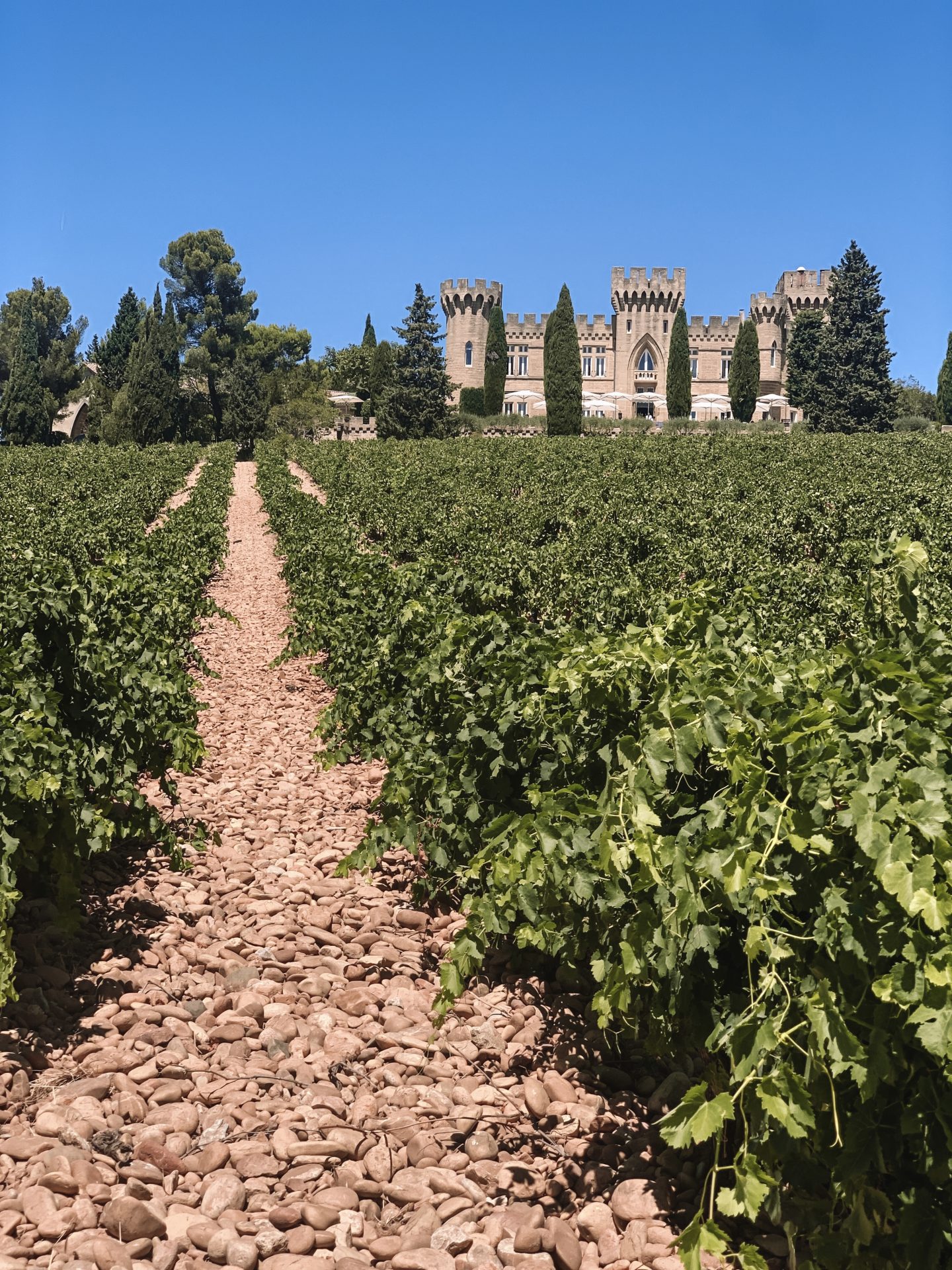
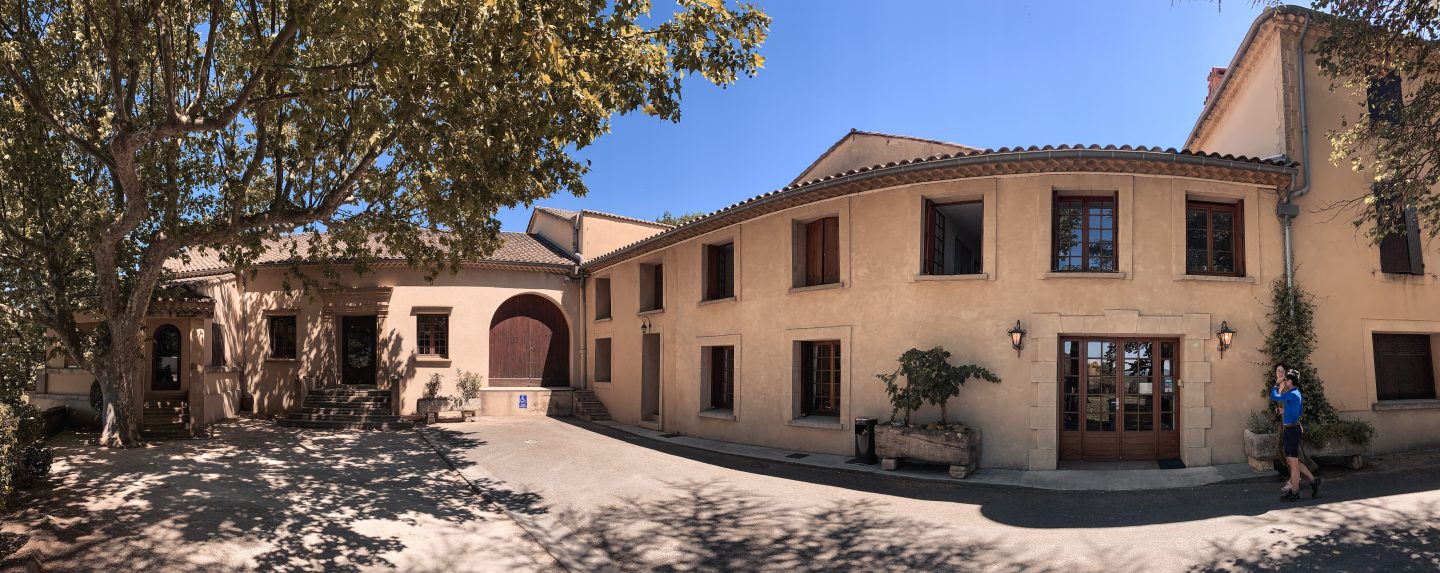
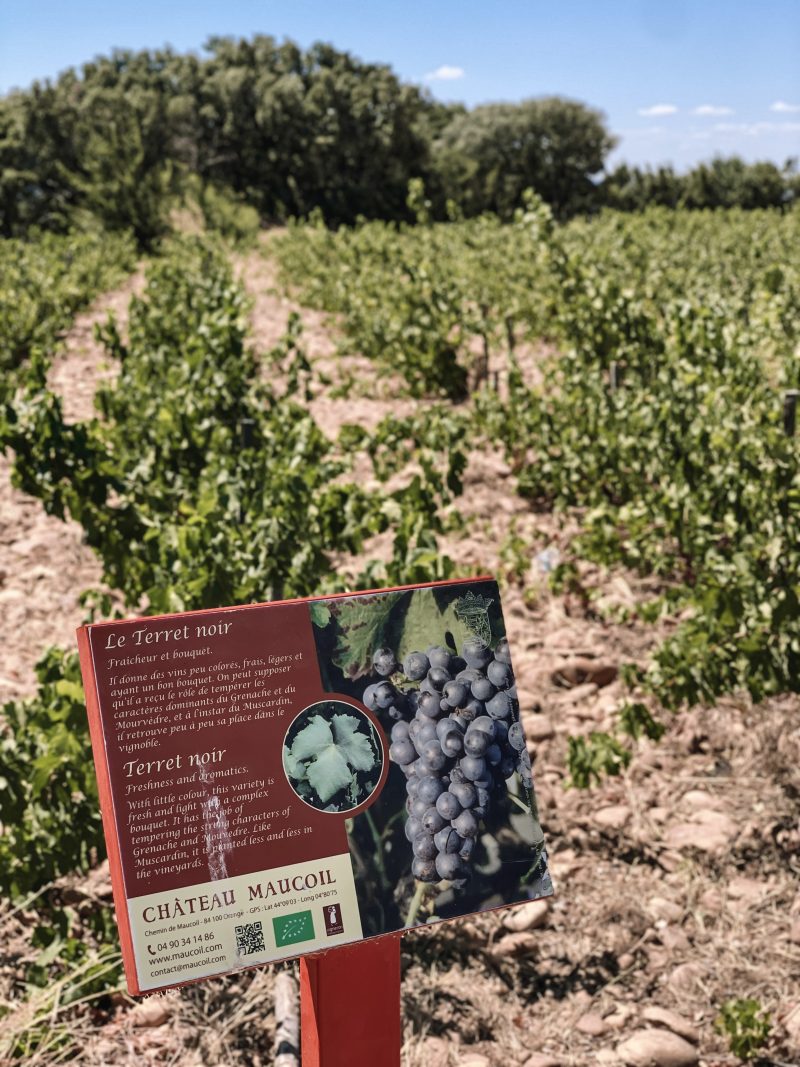
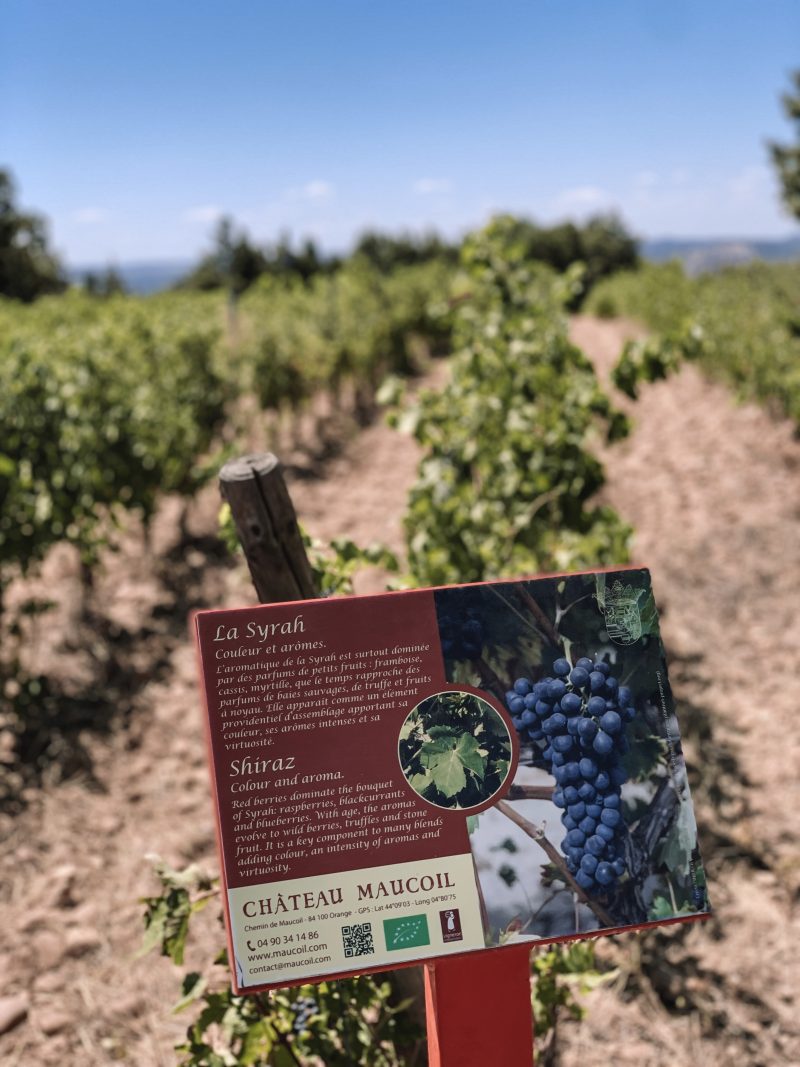
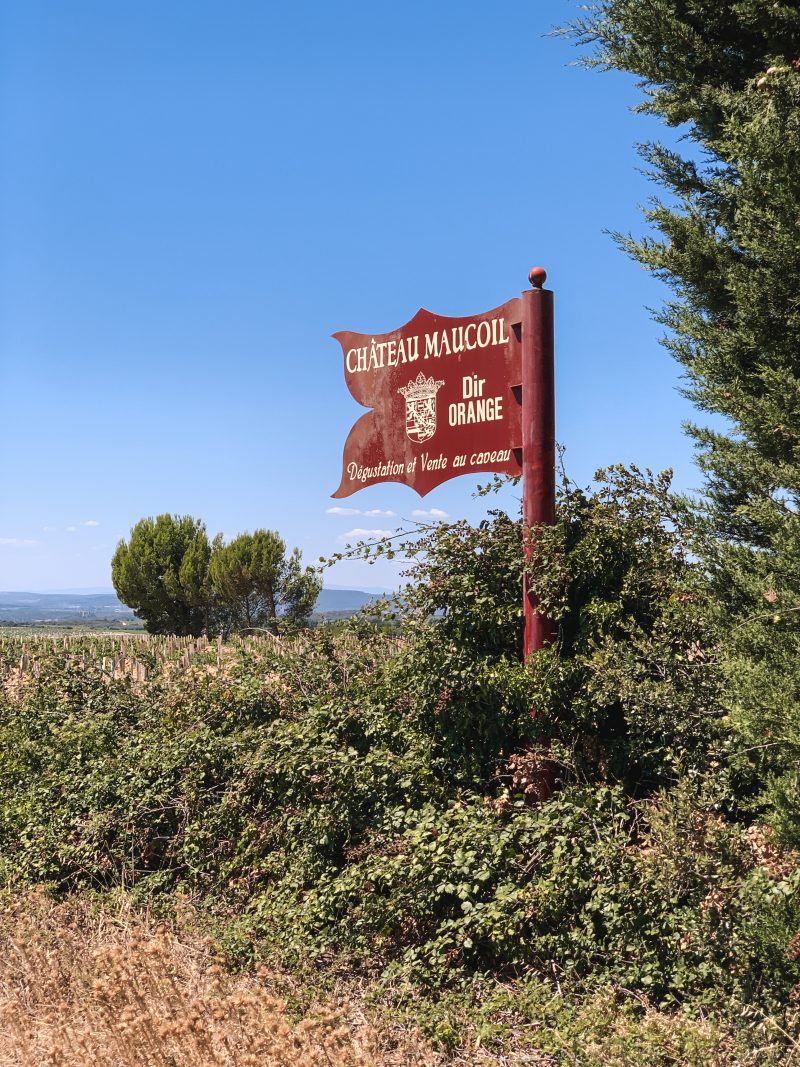
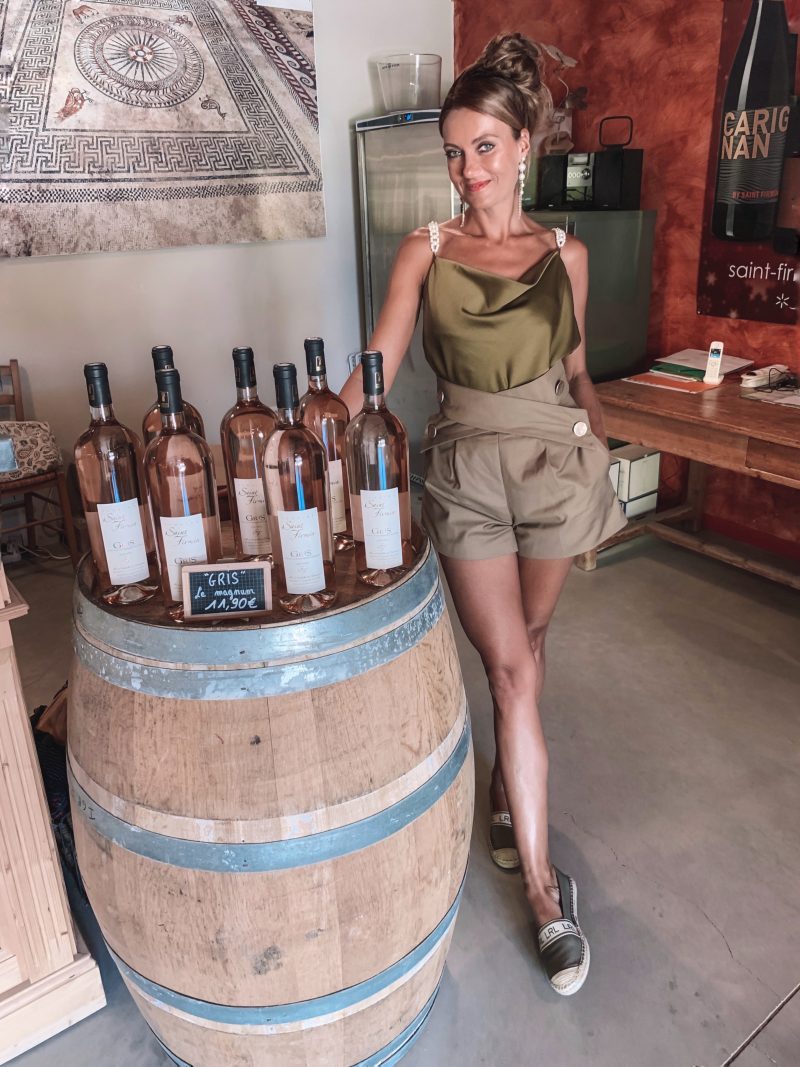
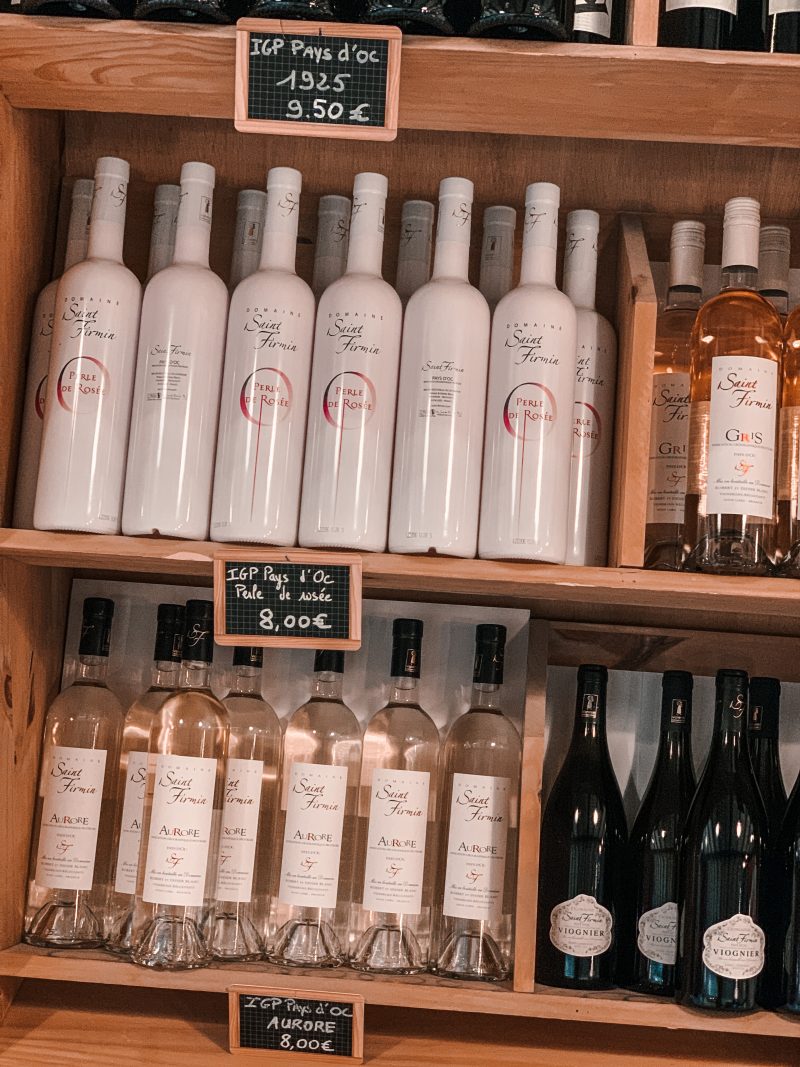
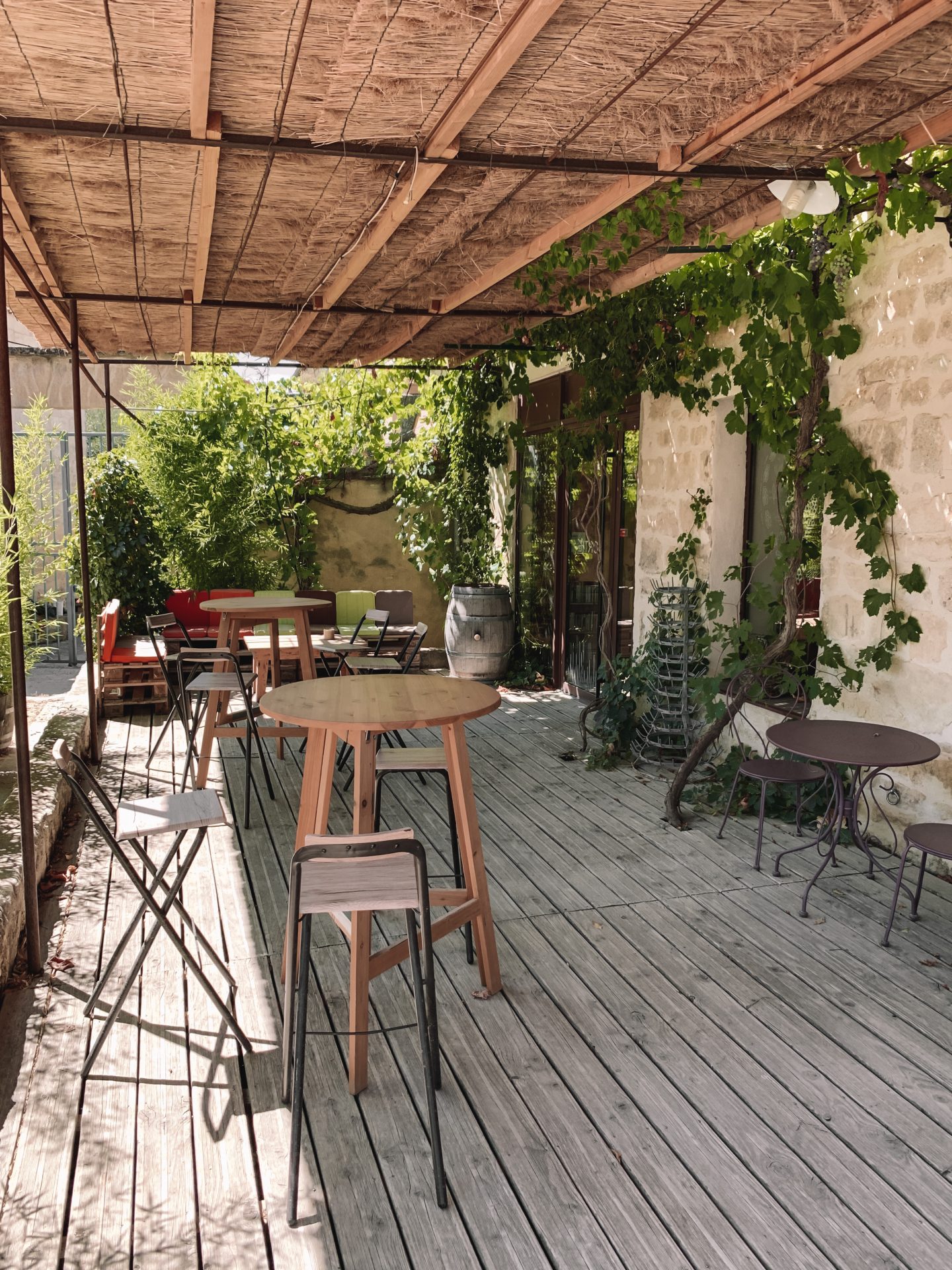
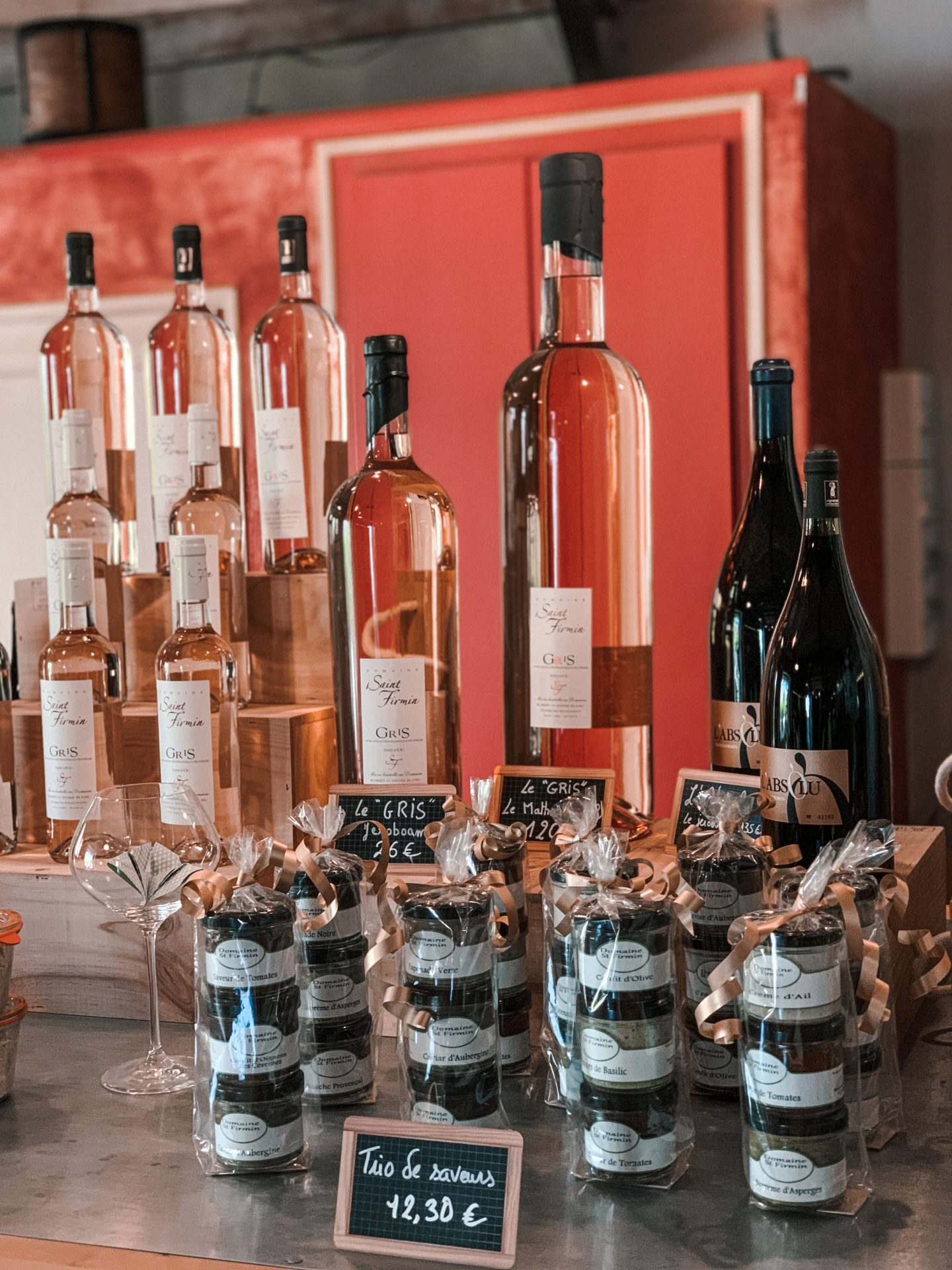
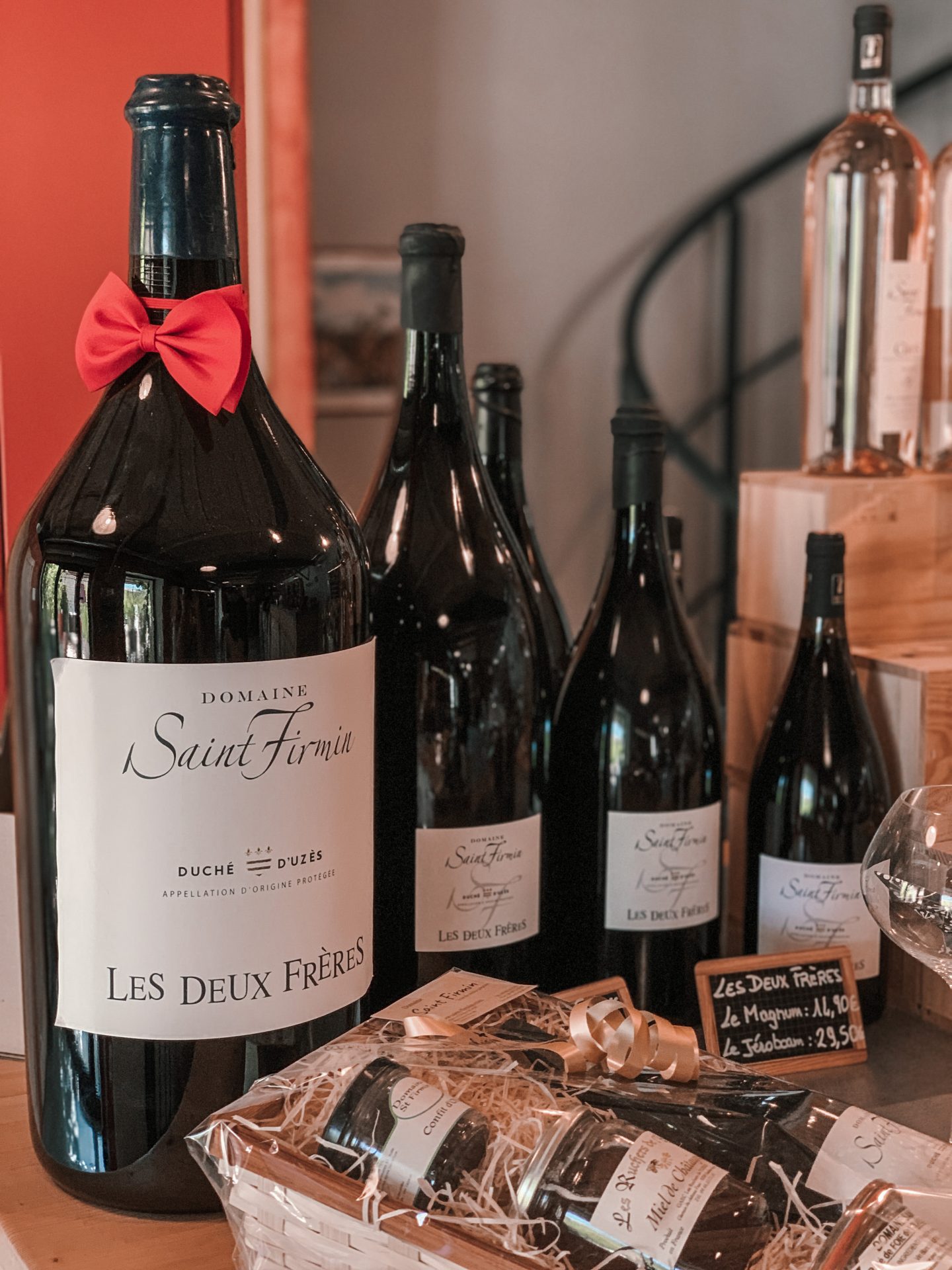
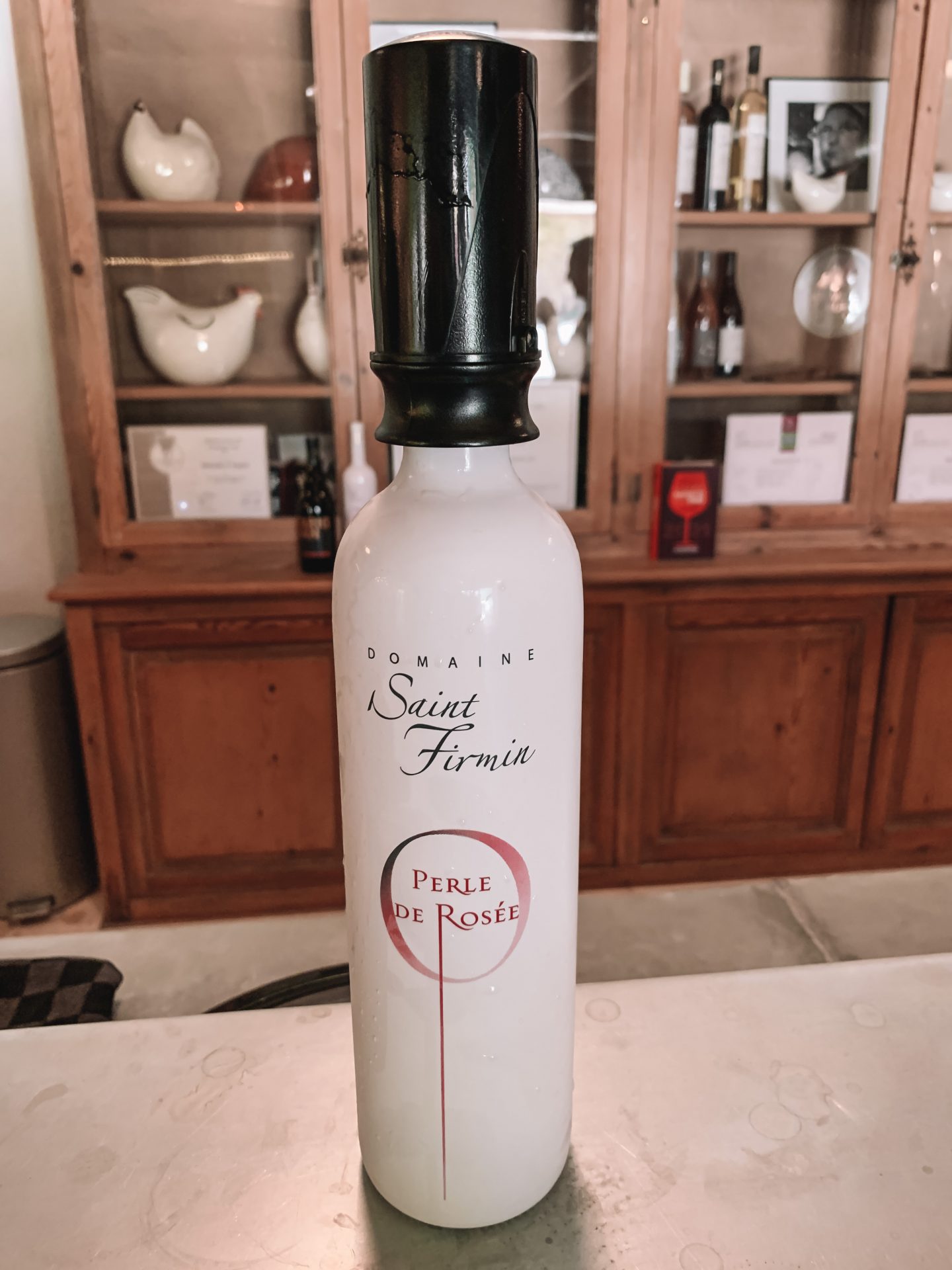
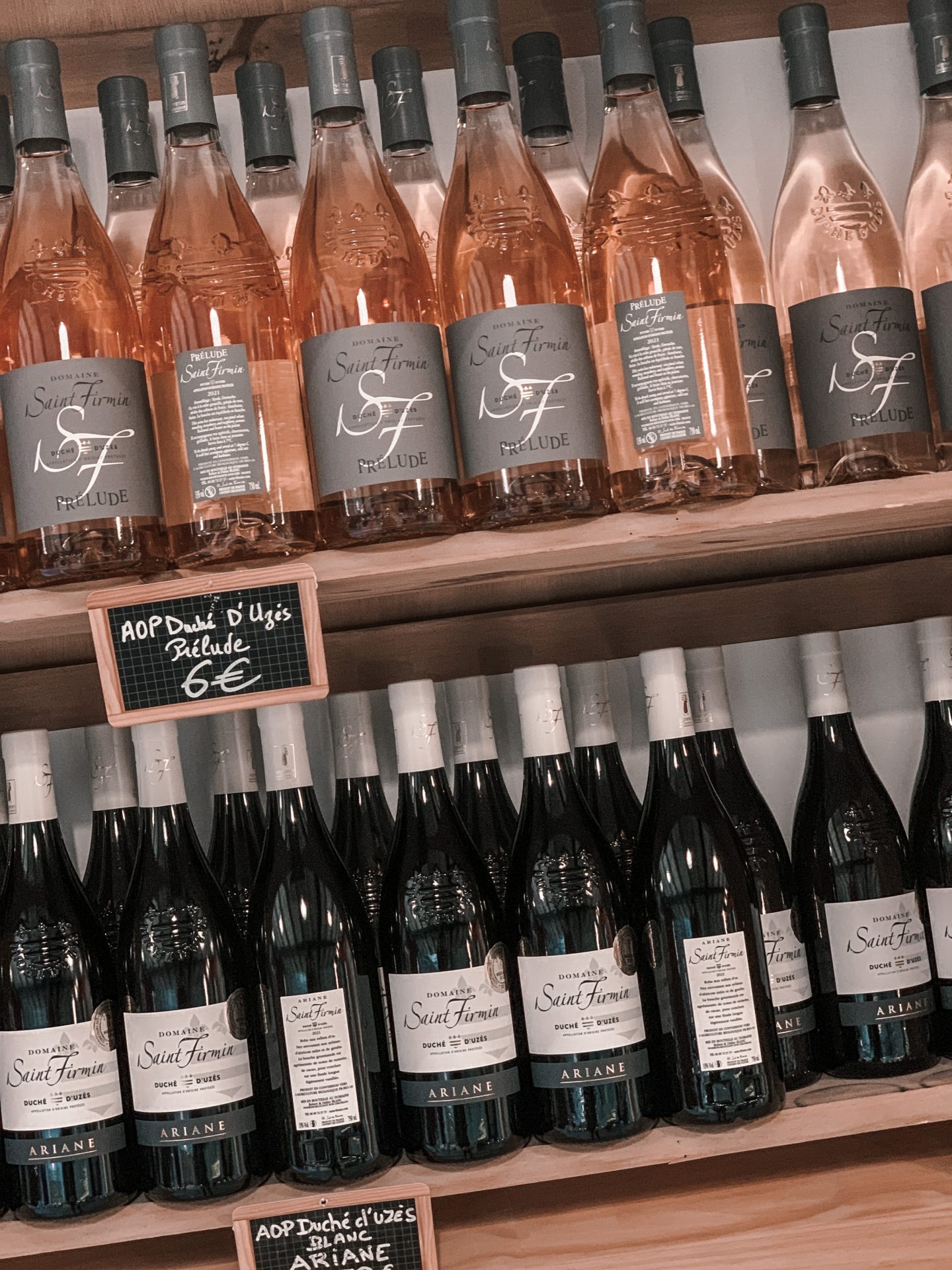

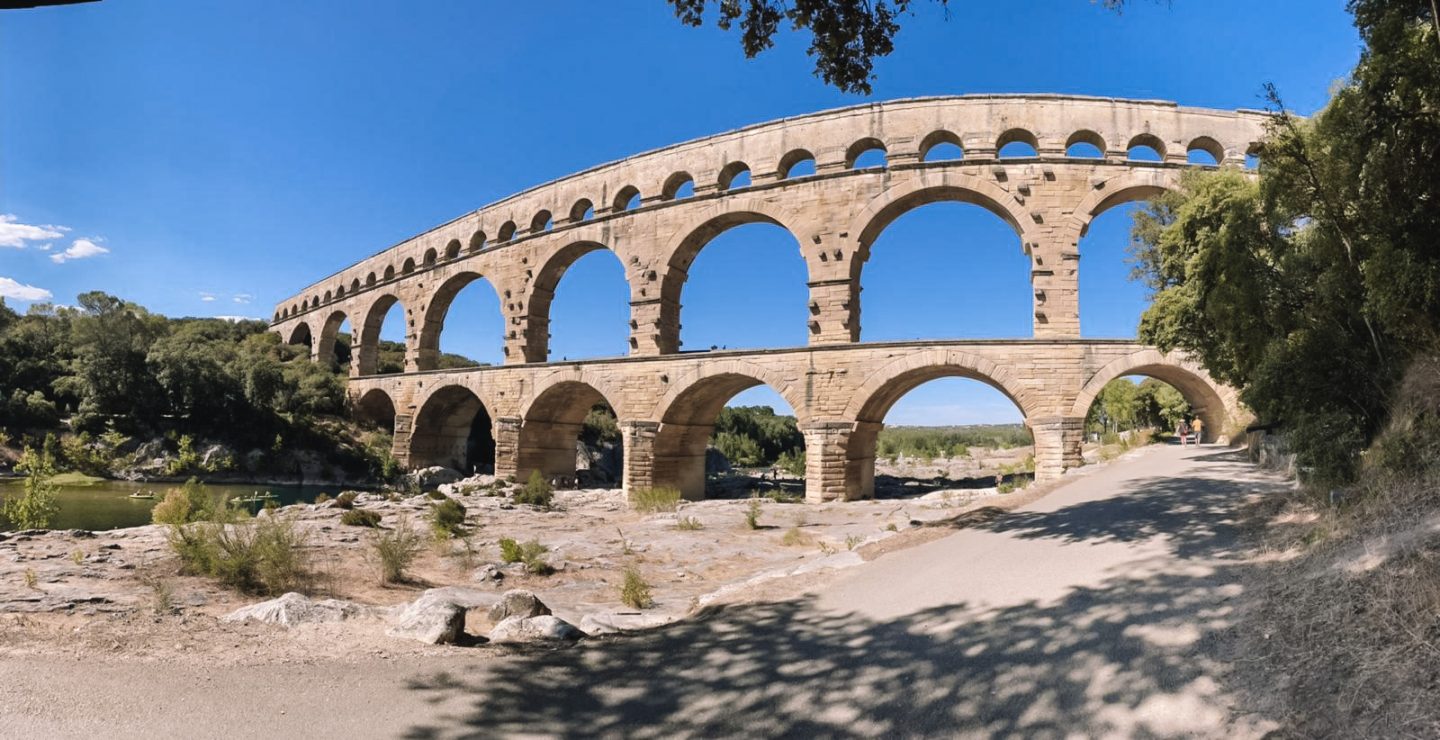
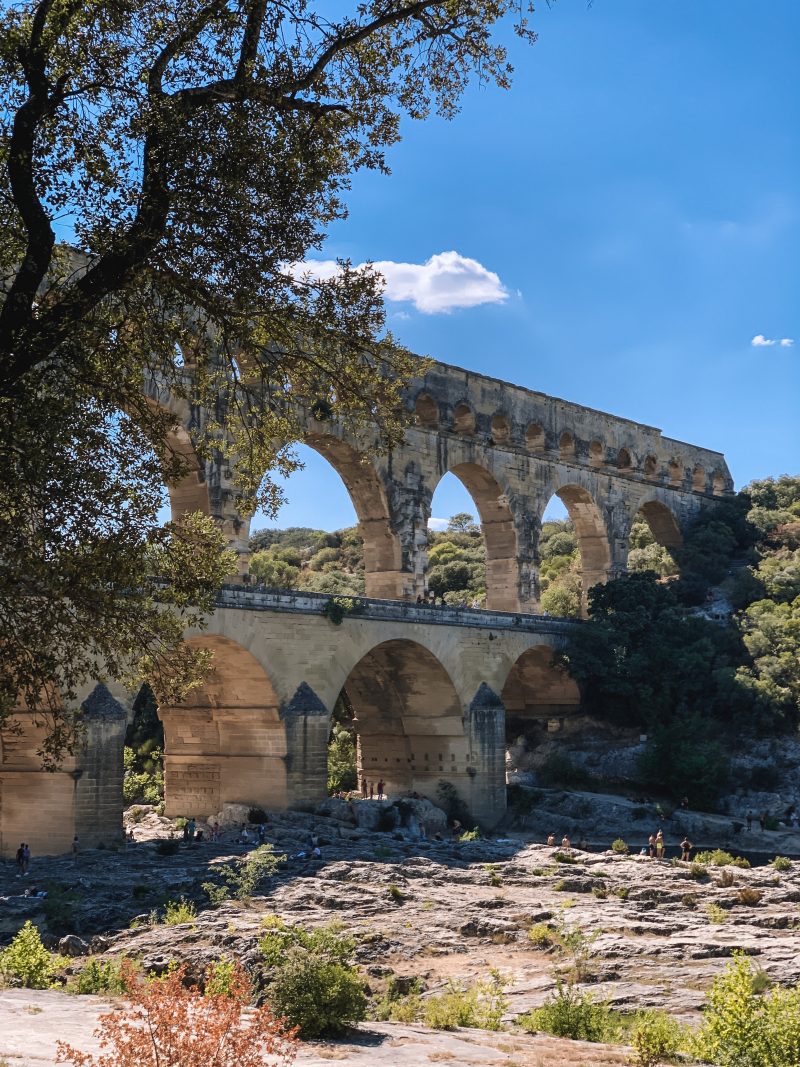
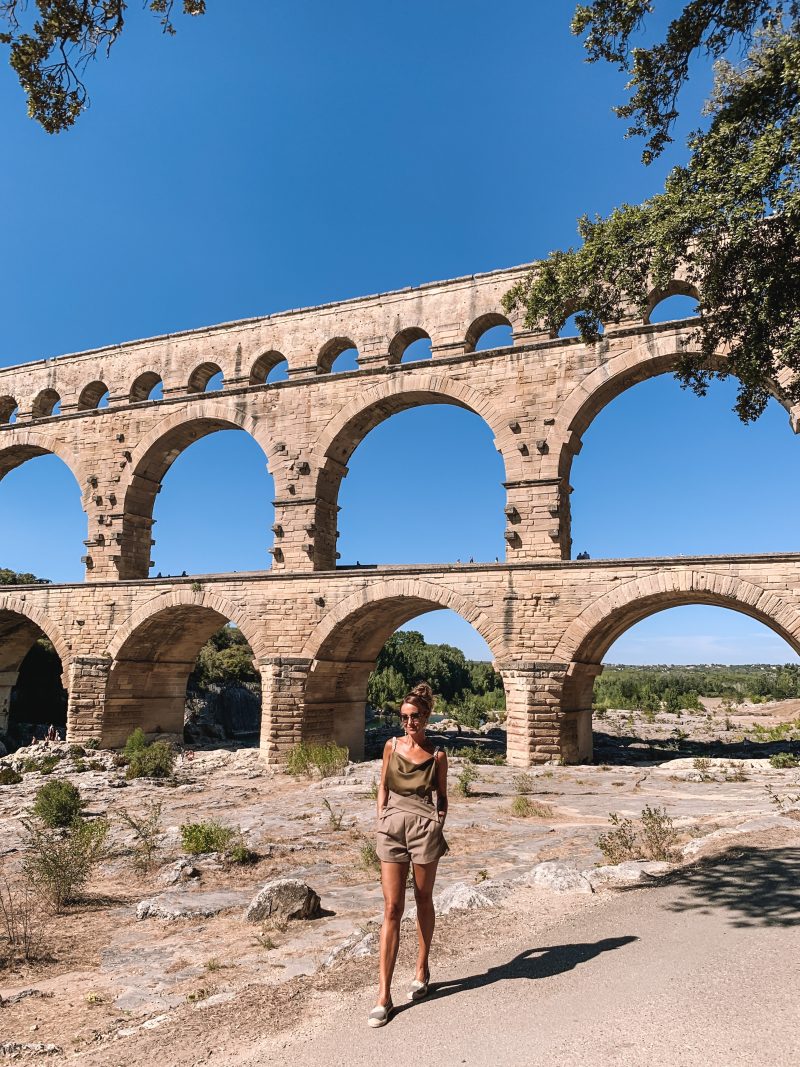
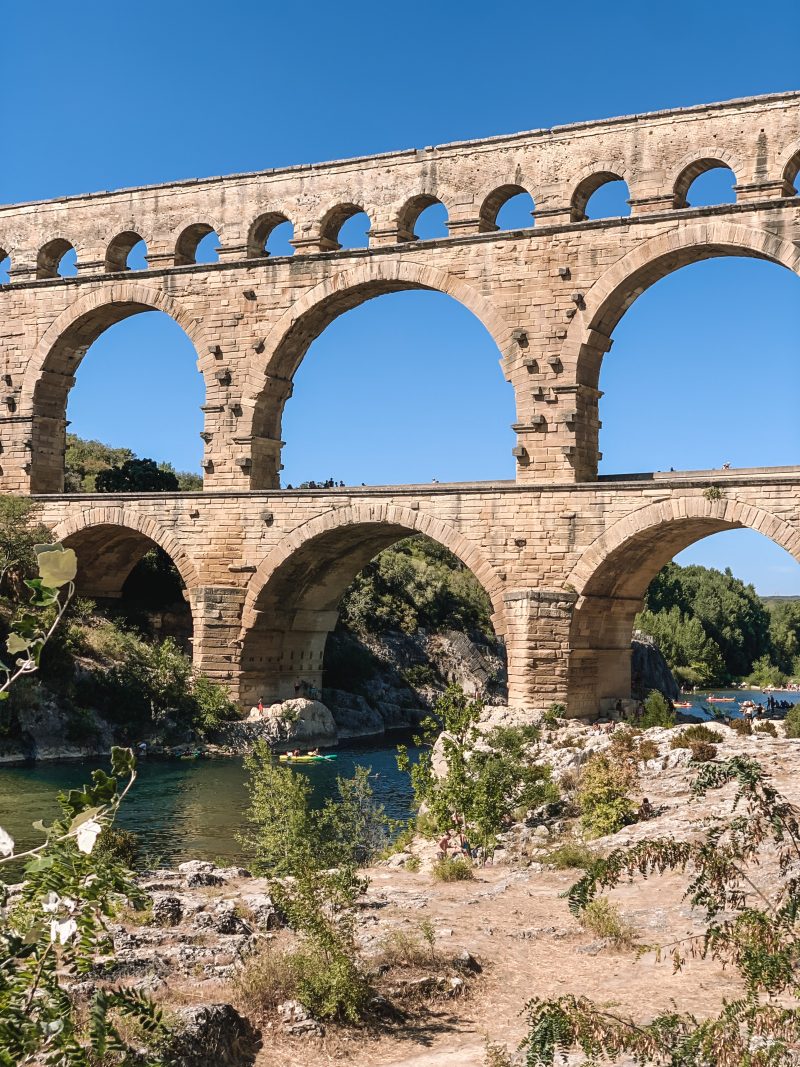
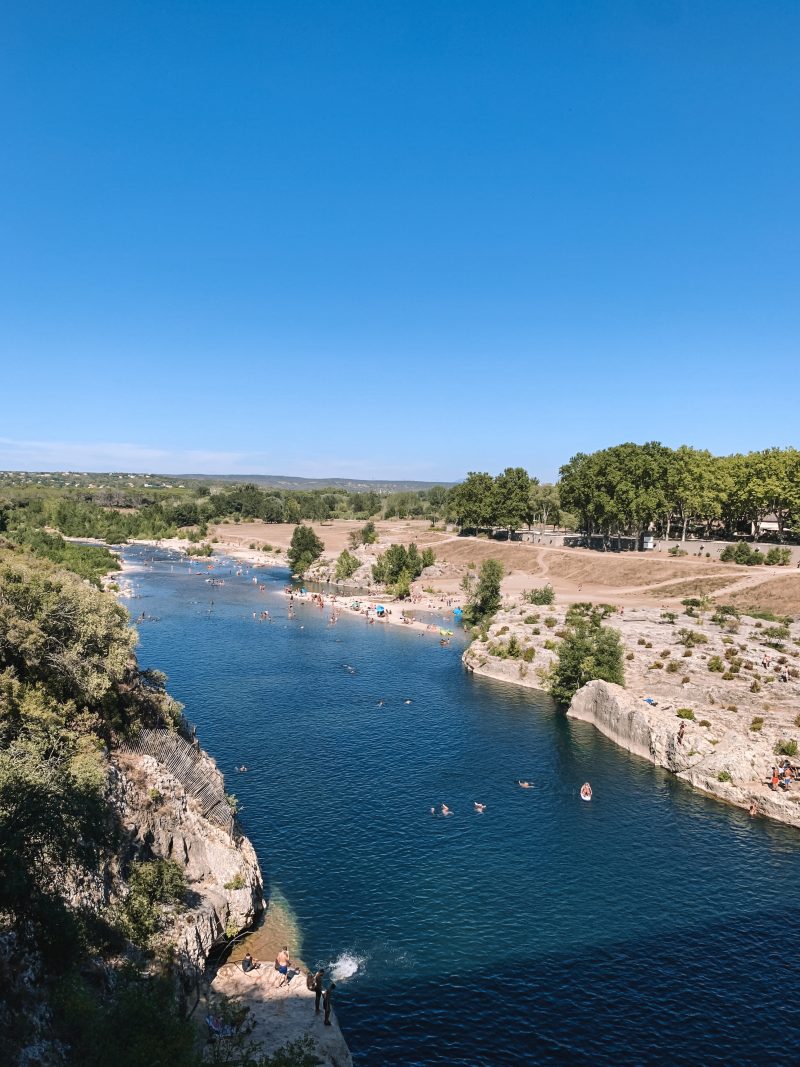
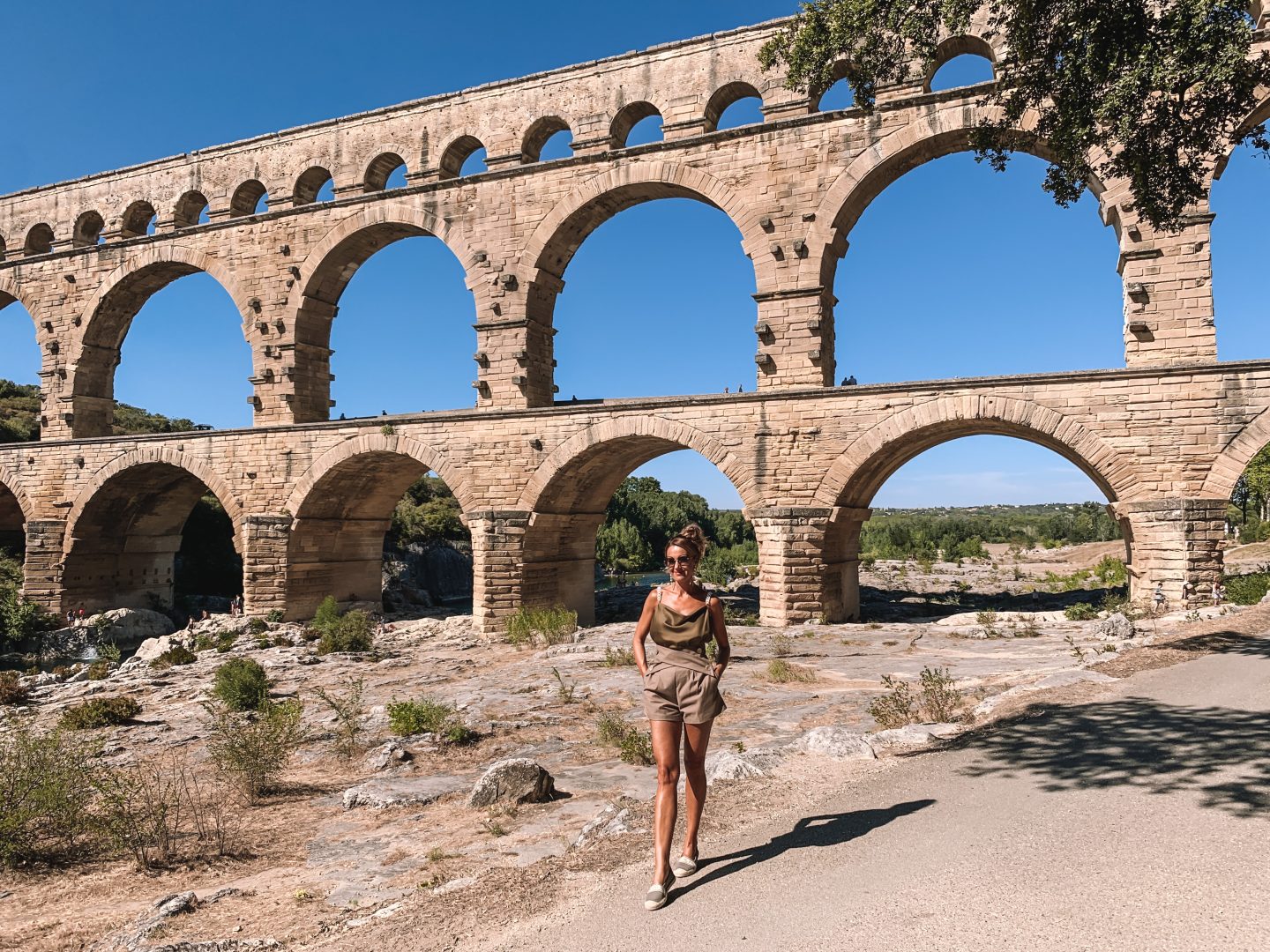
Amazing post! Beautiful pictures!
It looks lovely there!
Jennifer
https://curatedbyjennifer.com